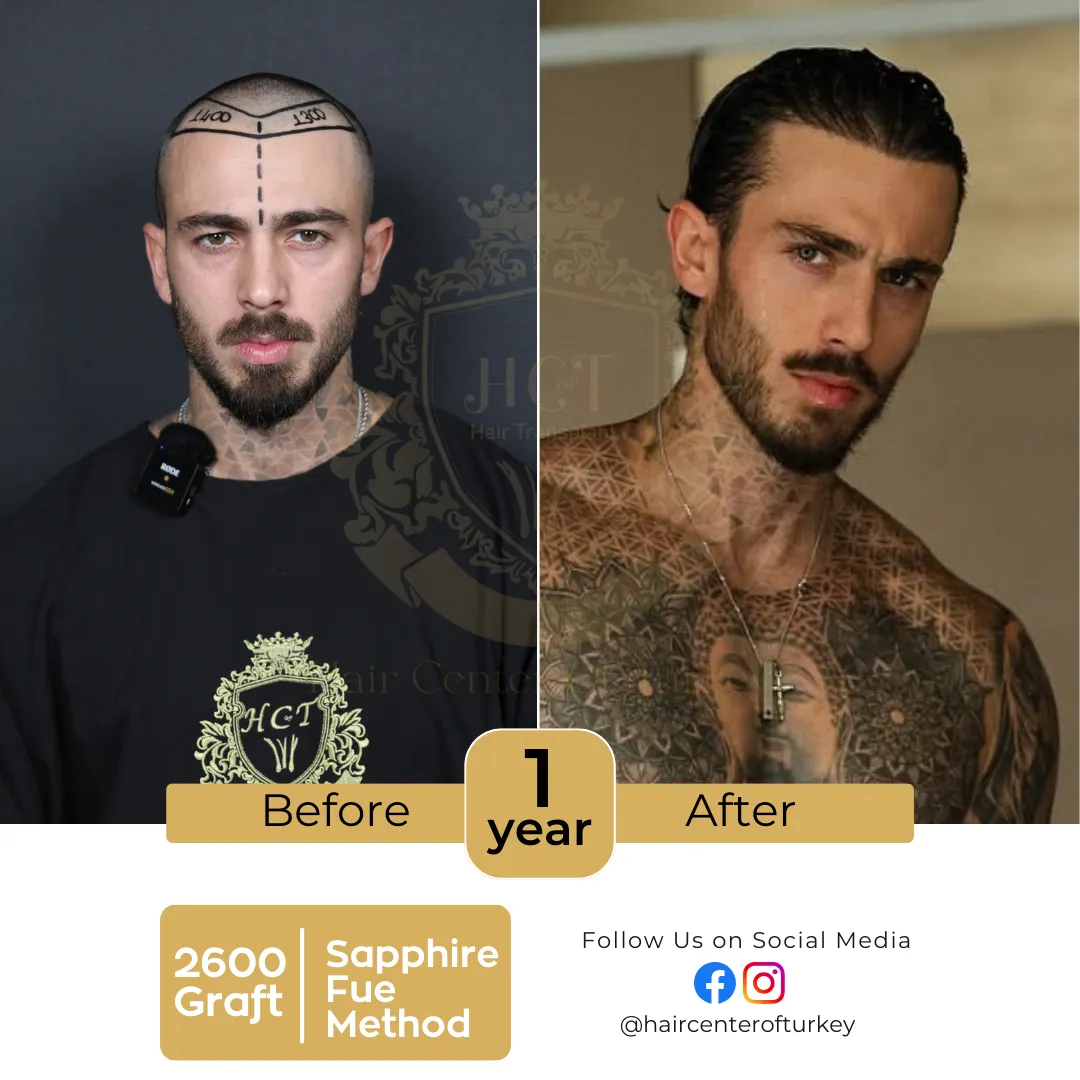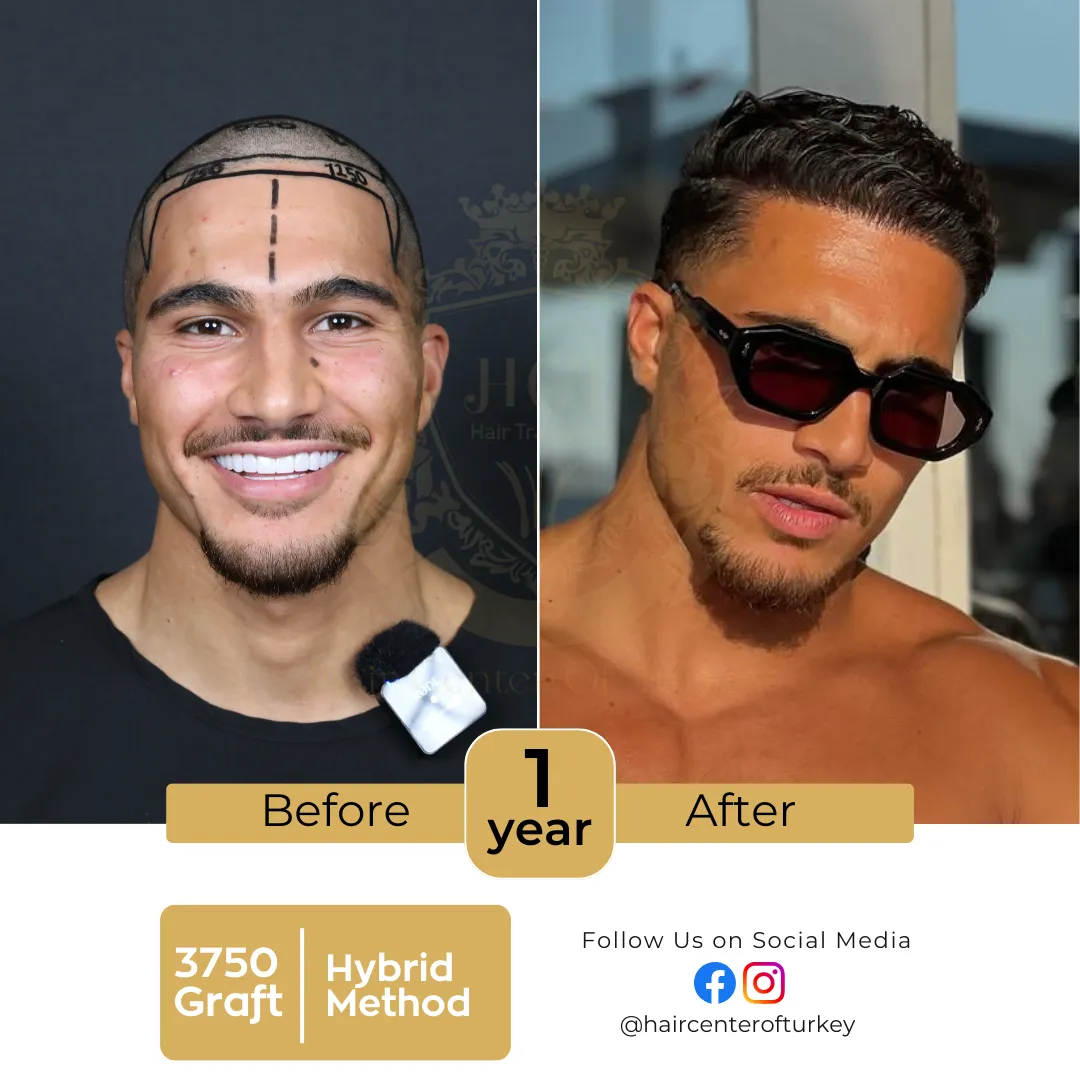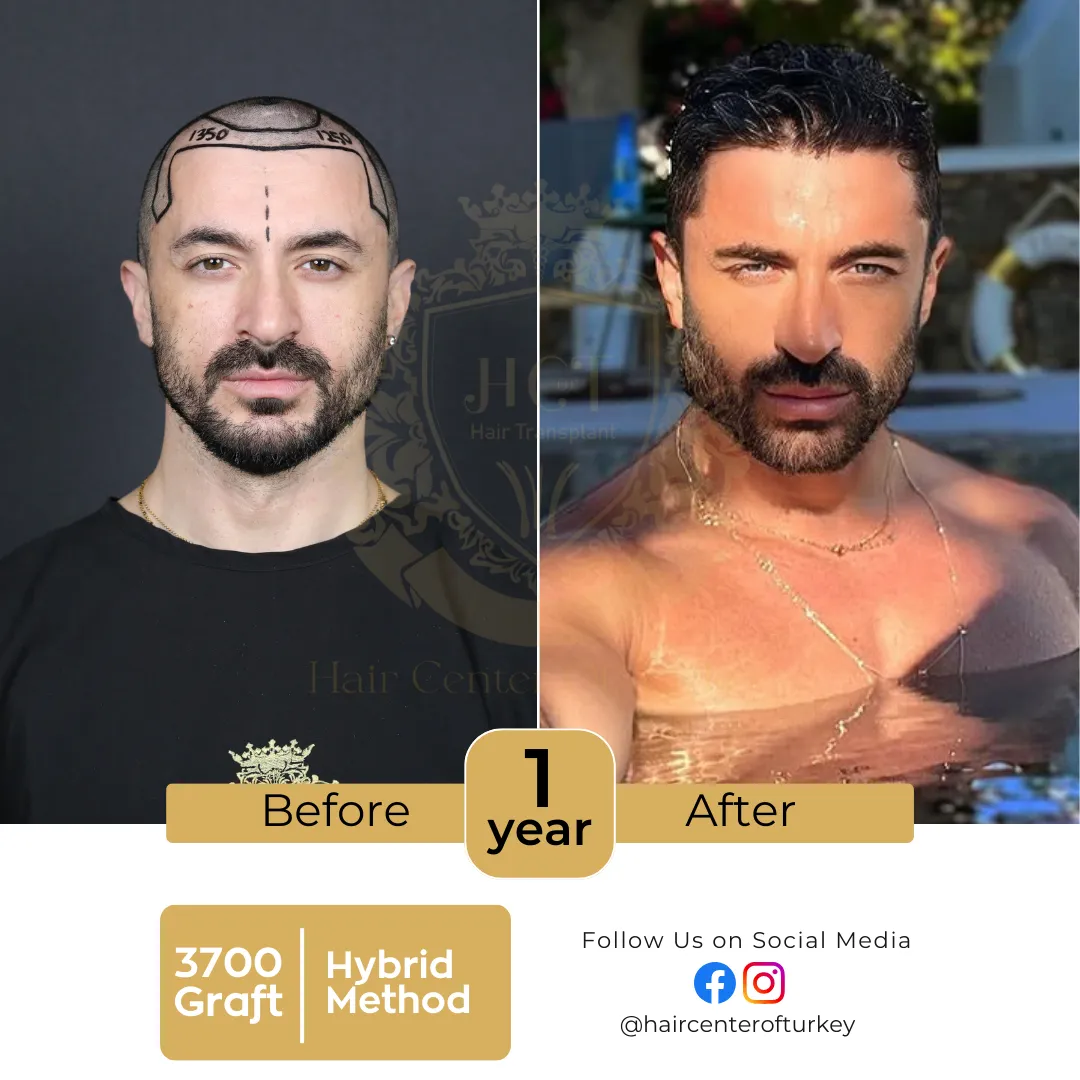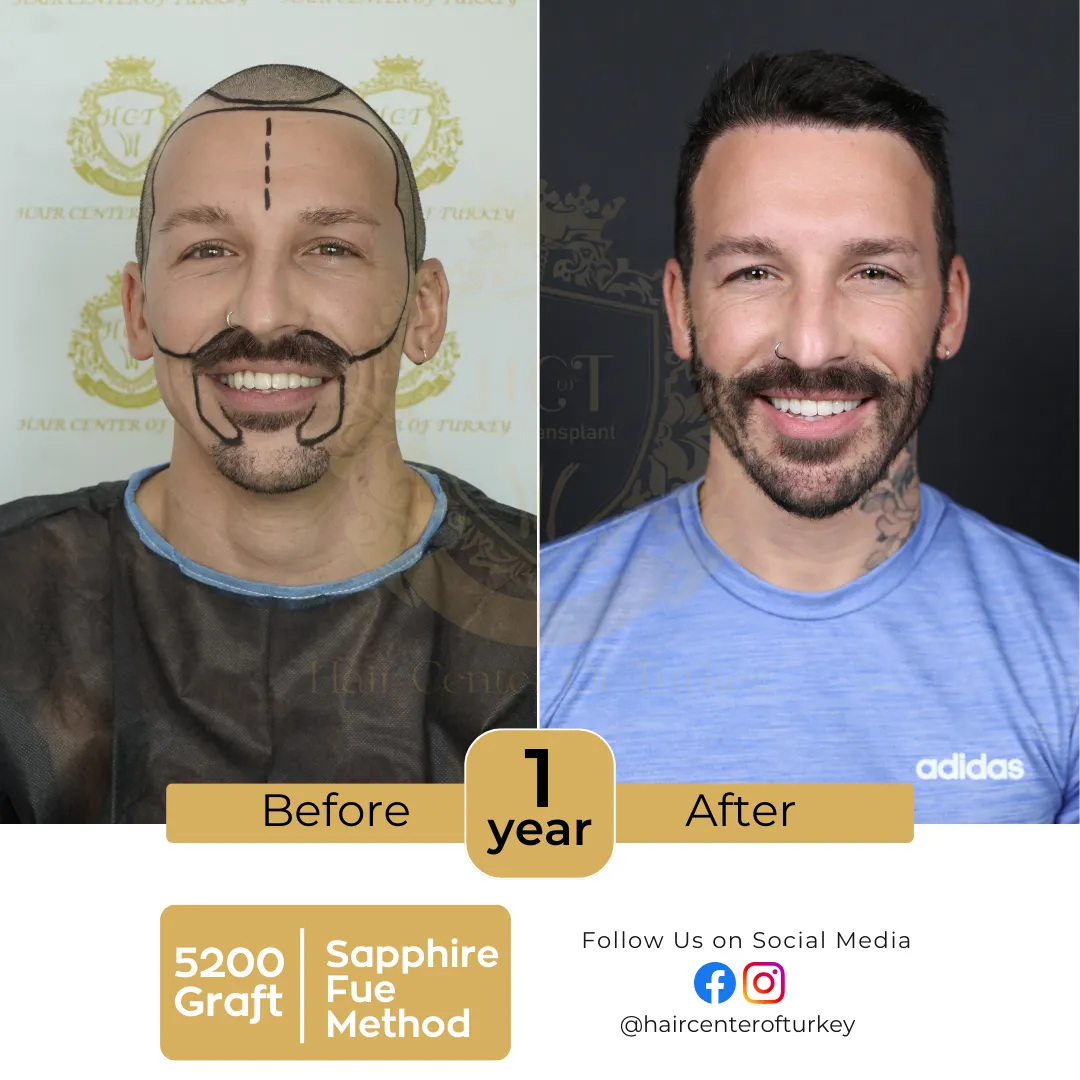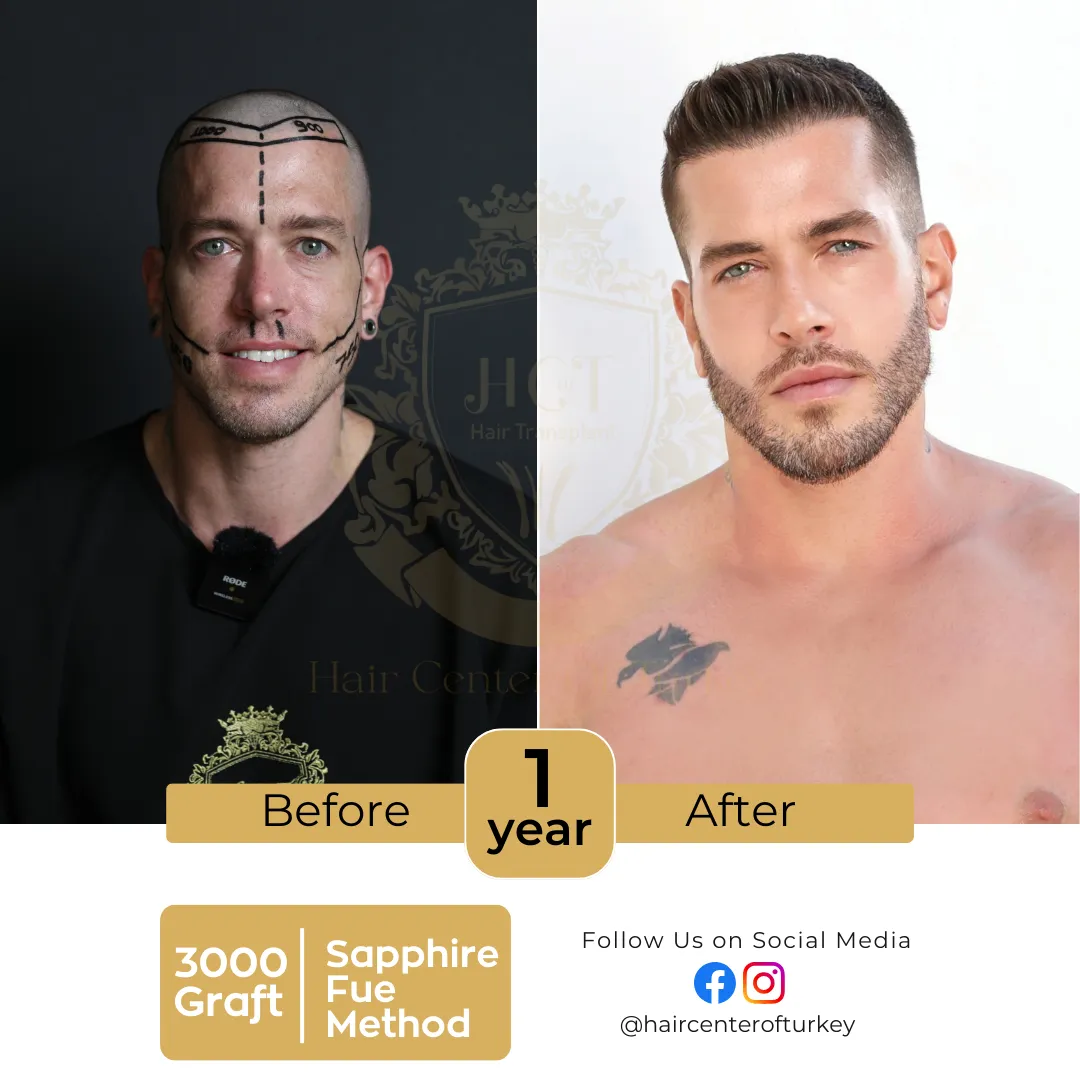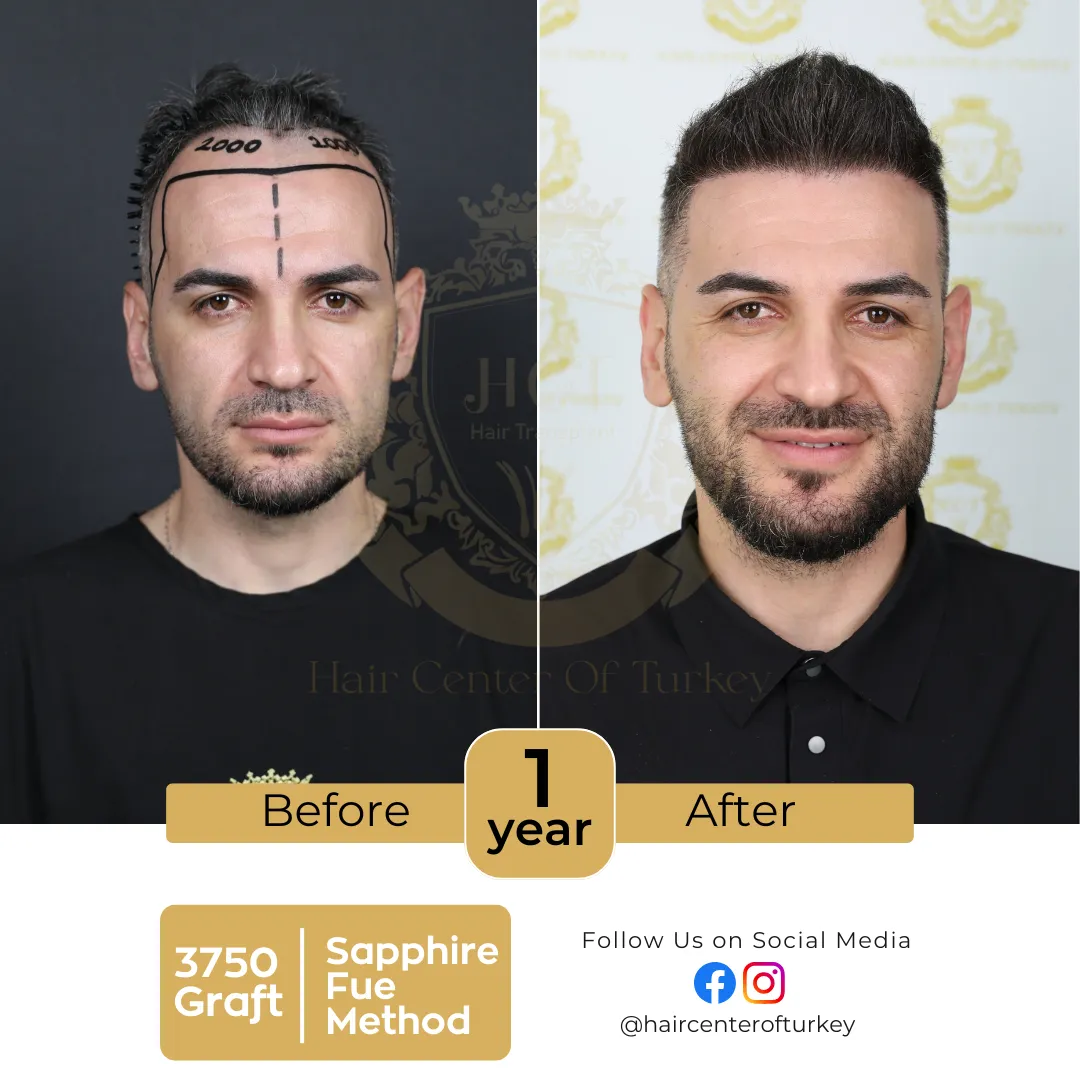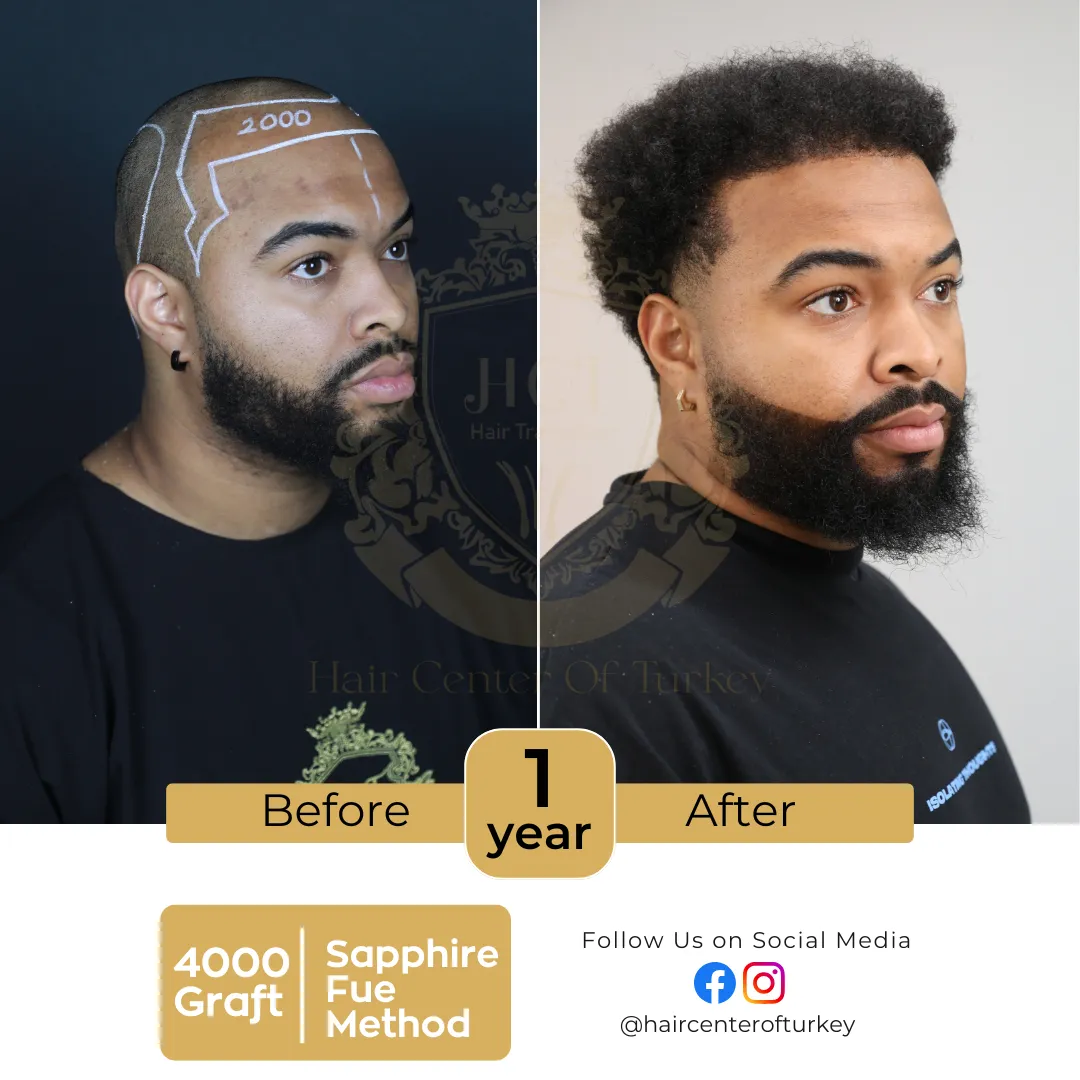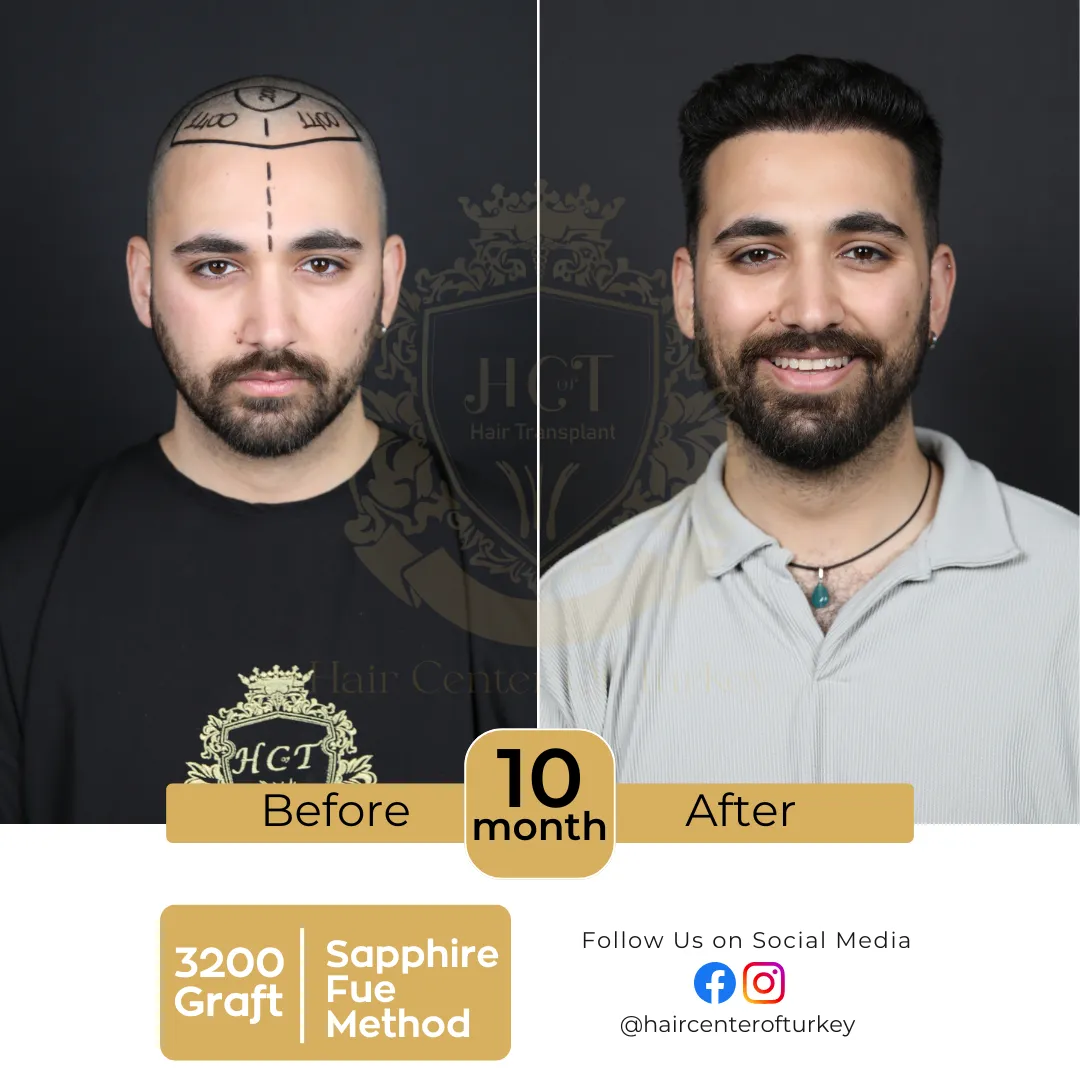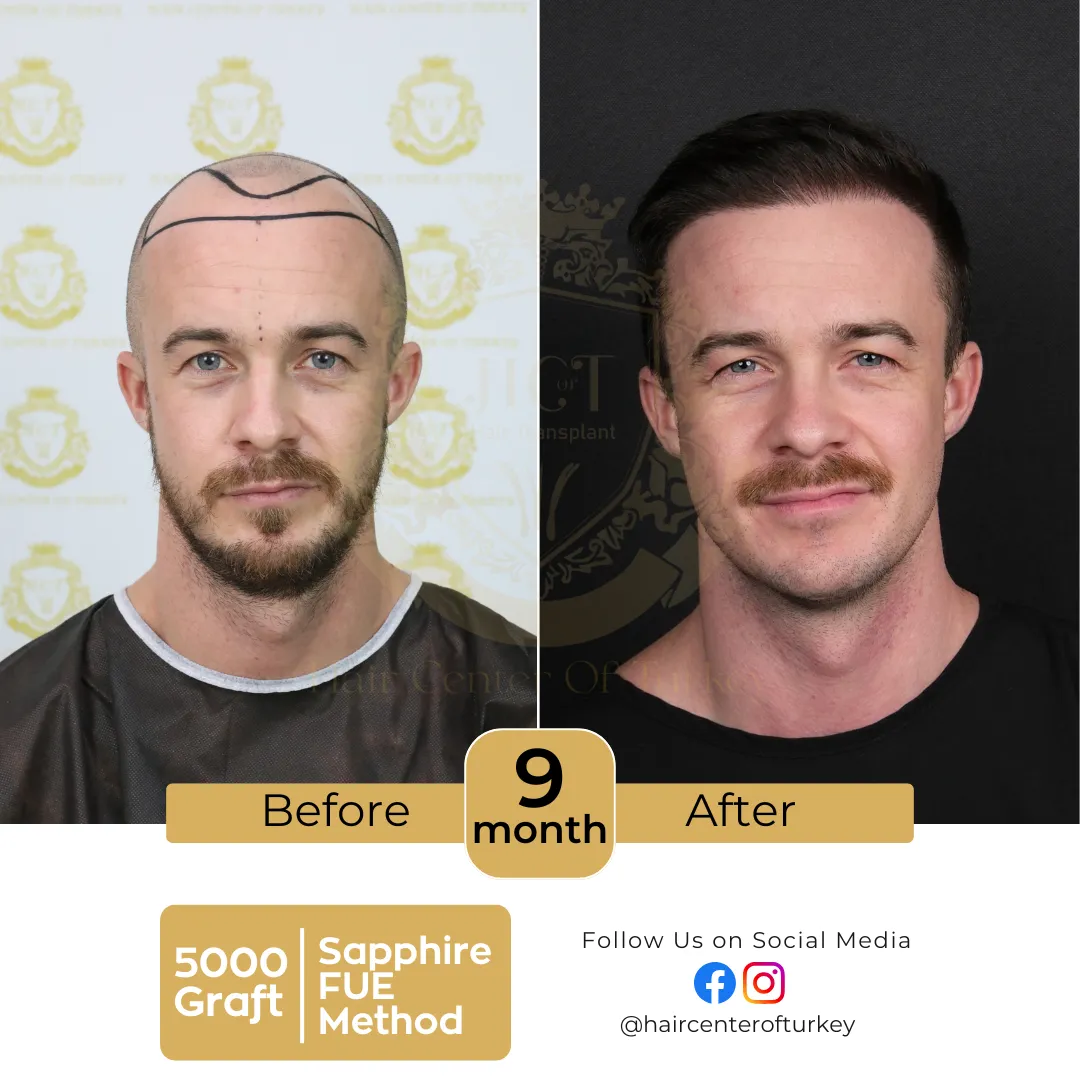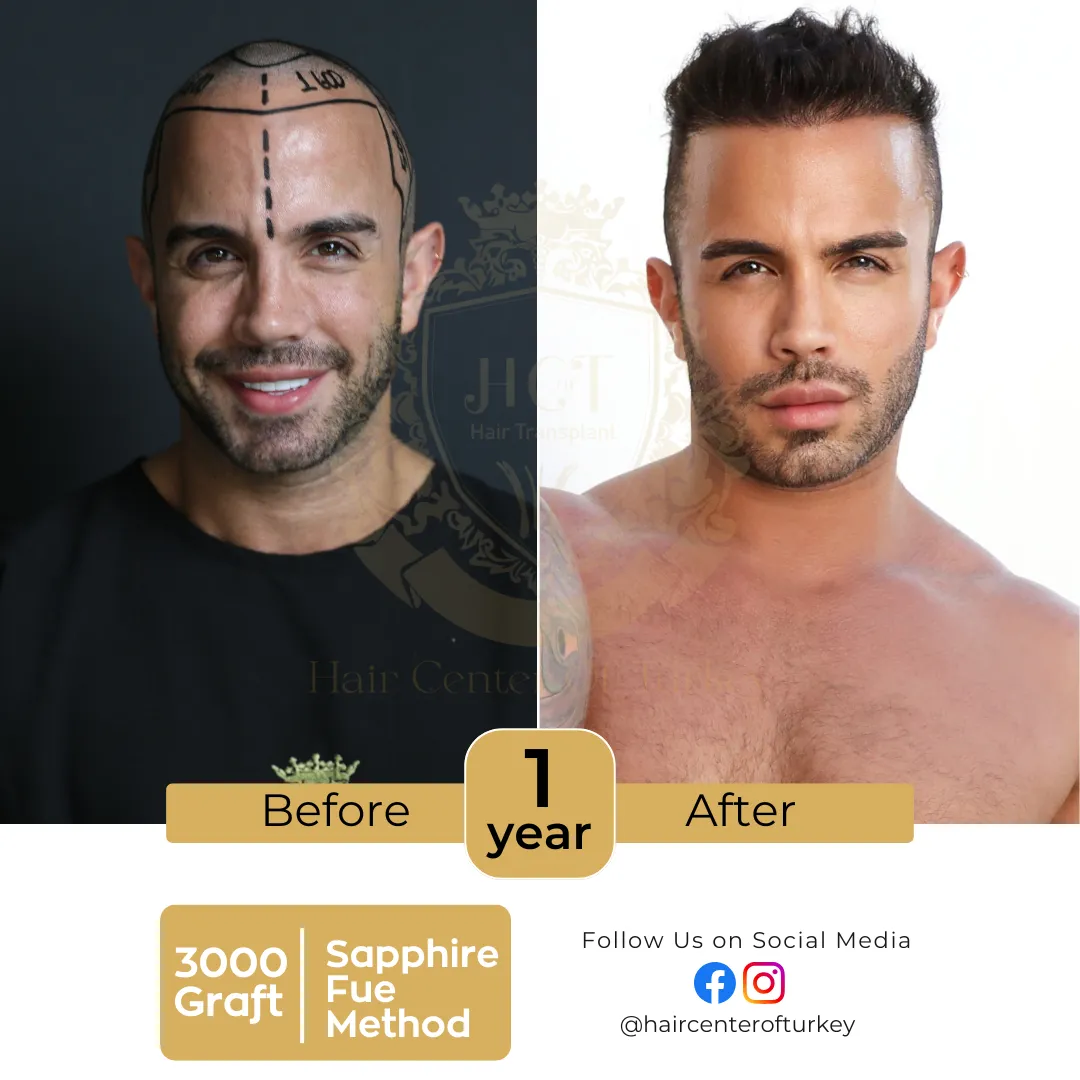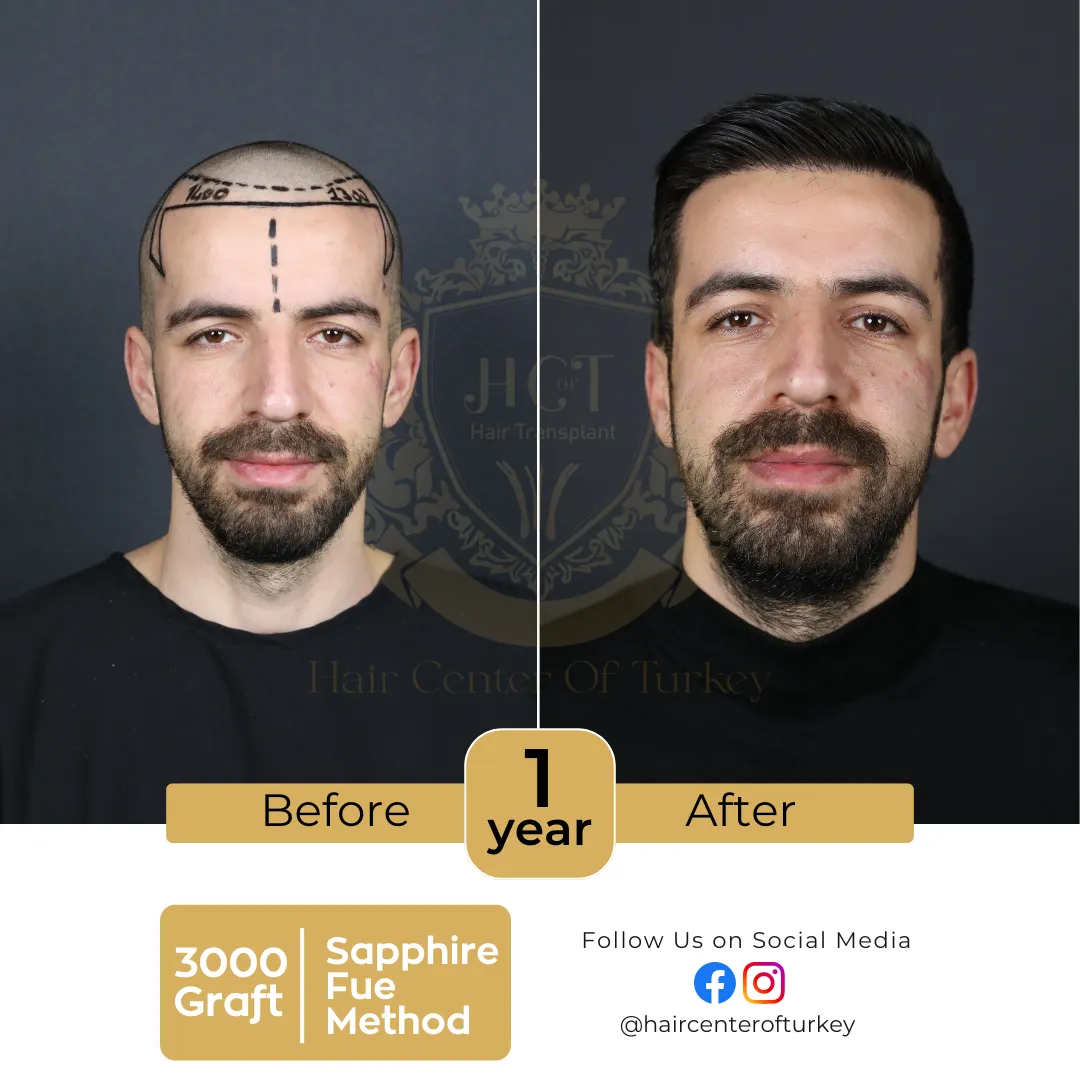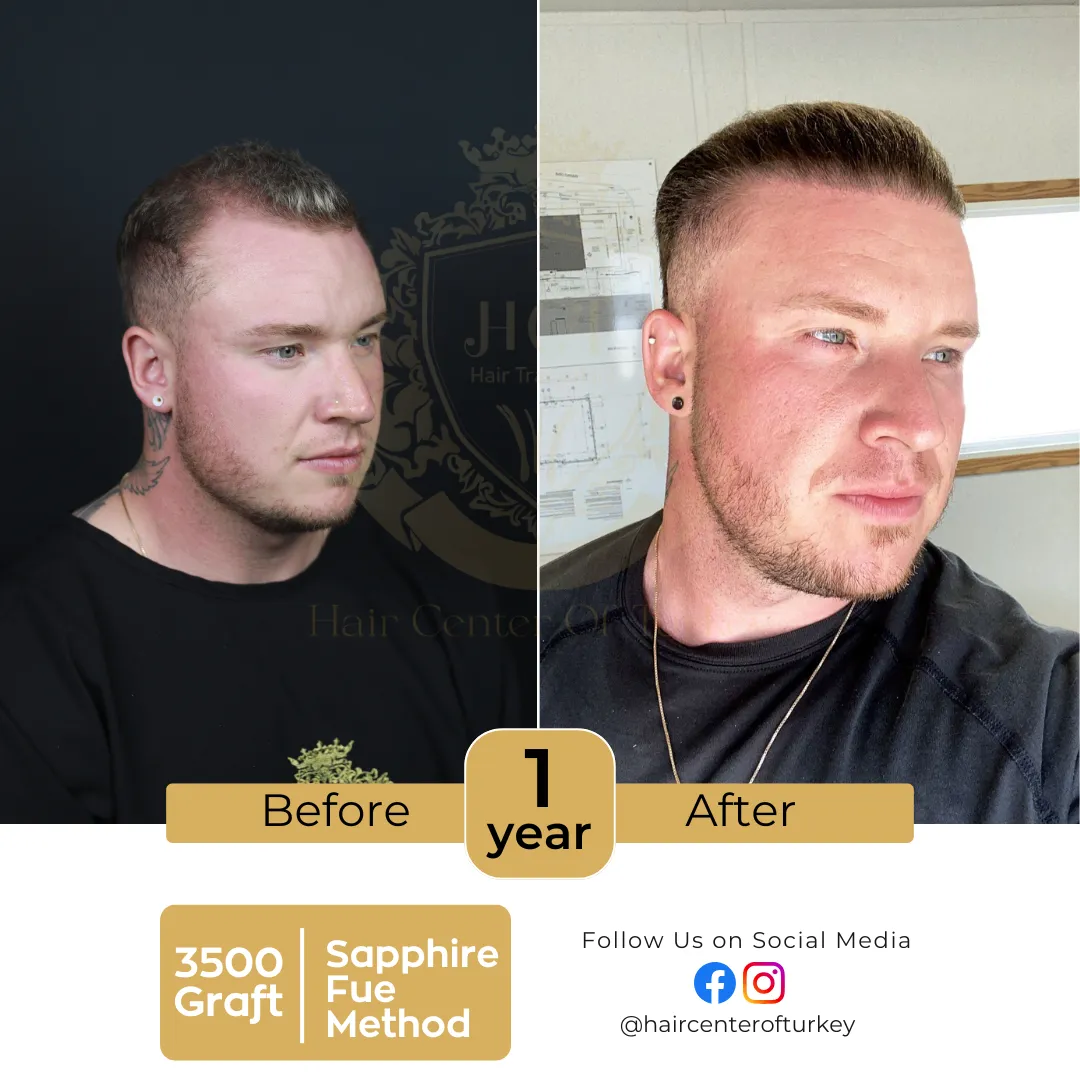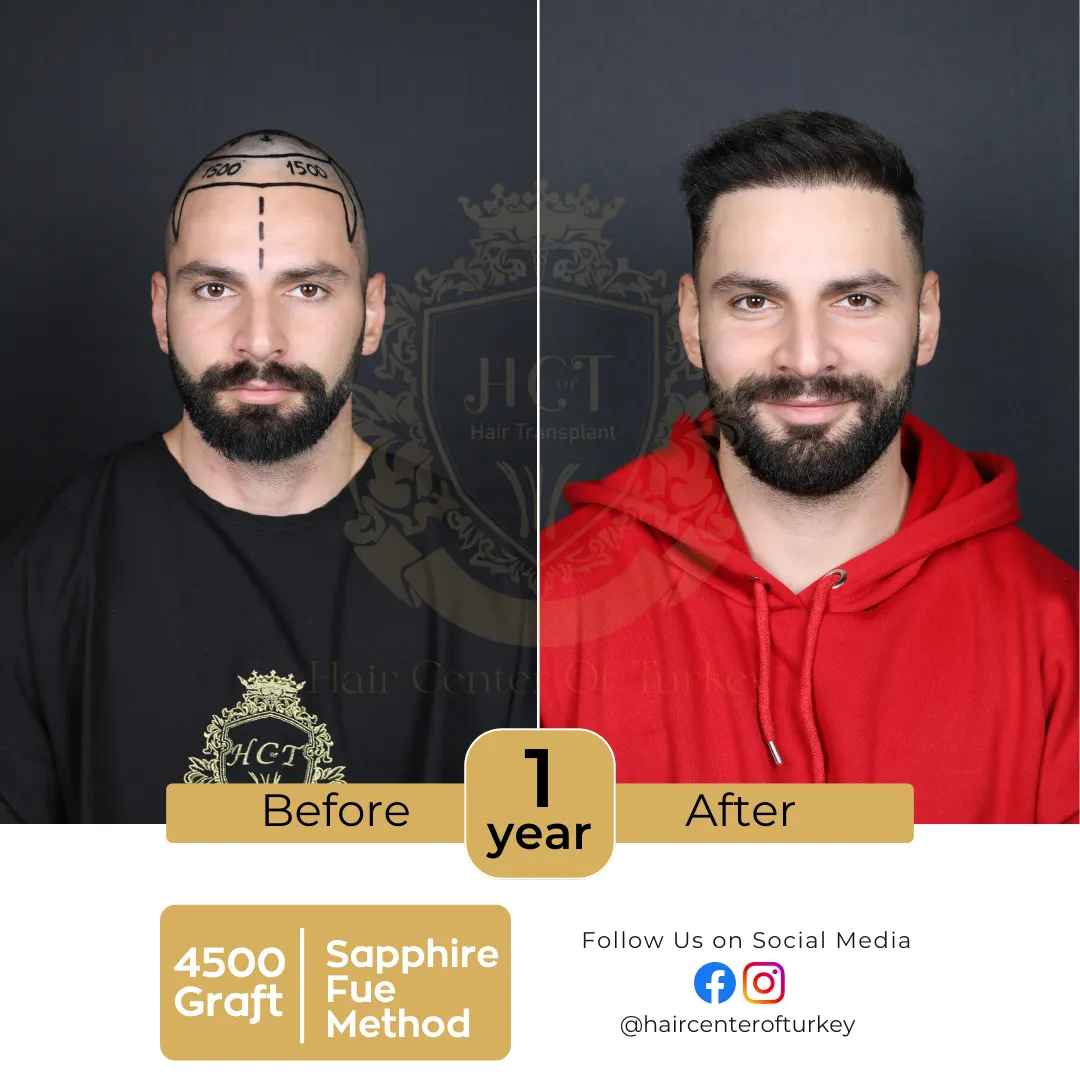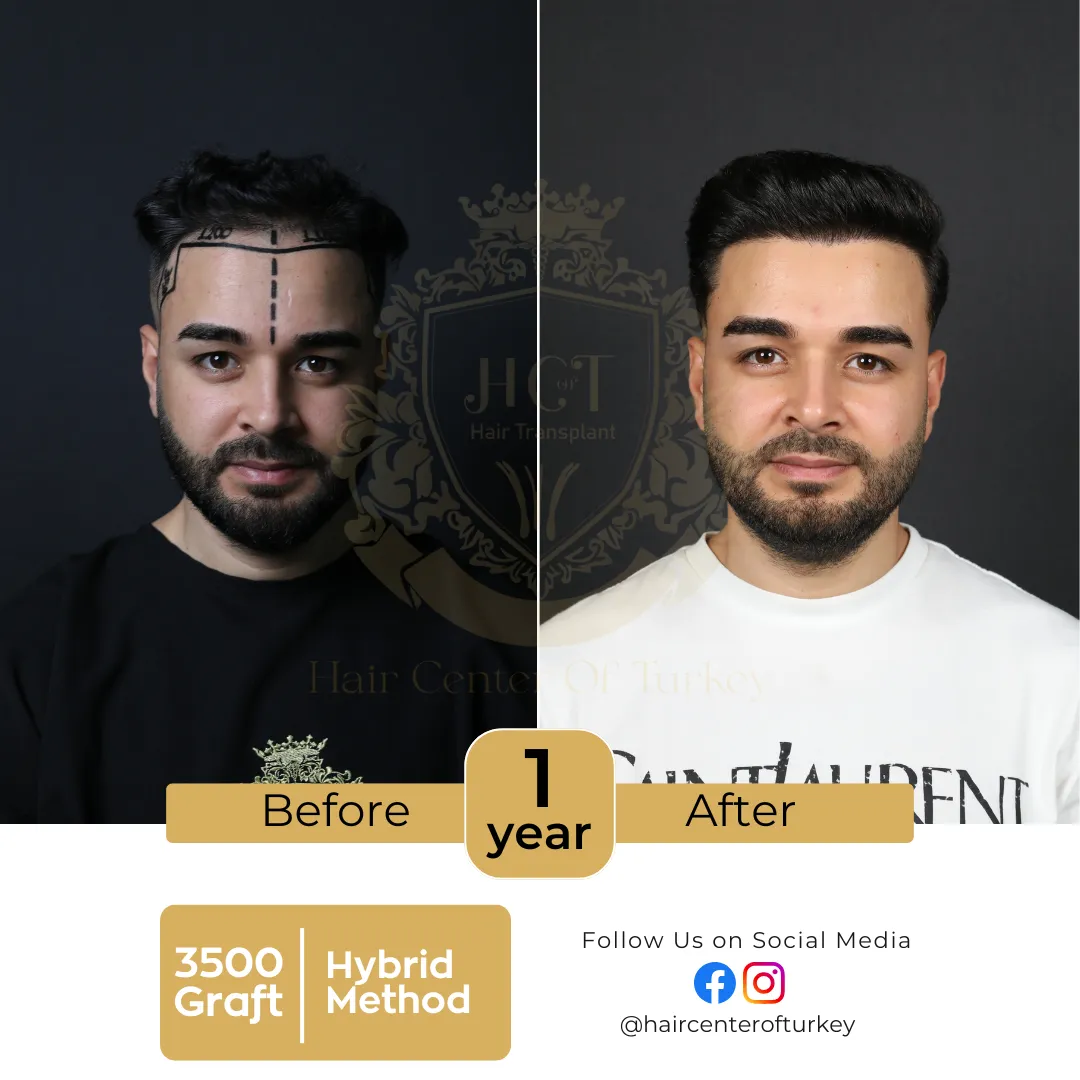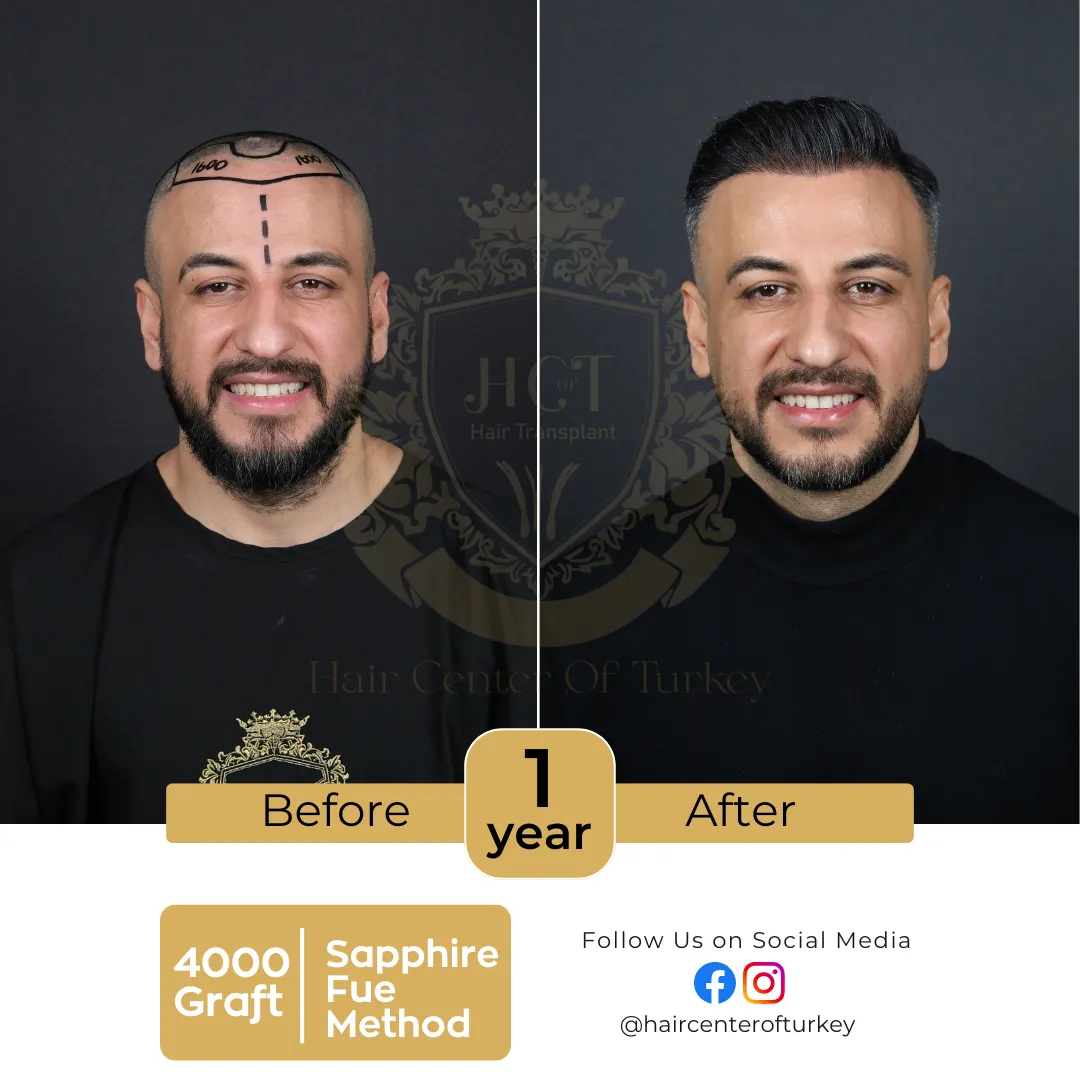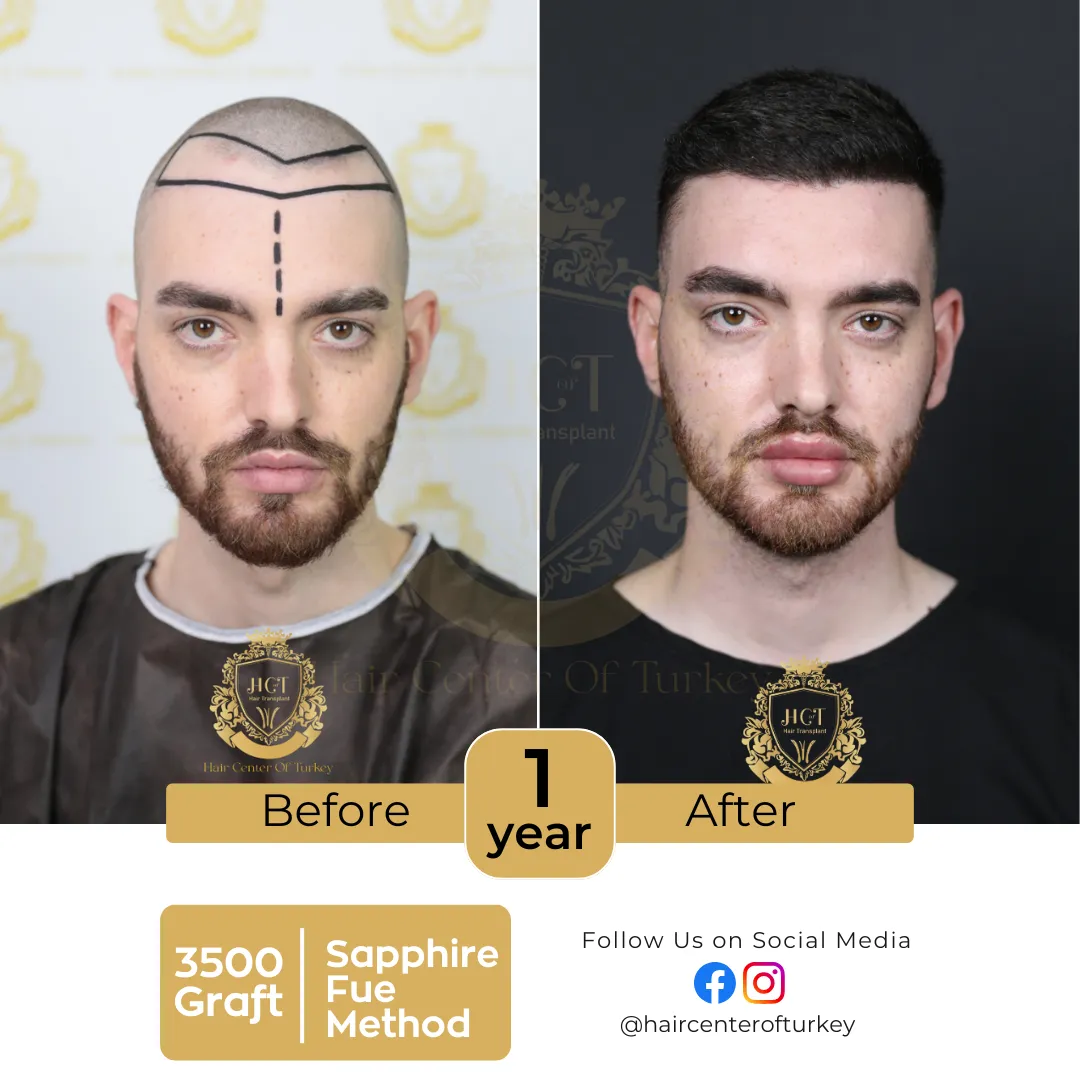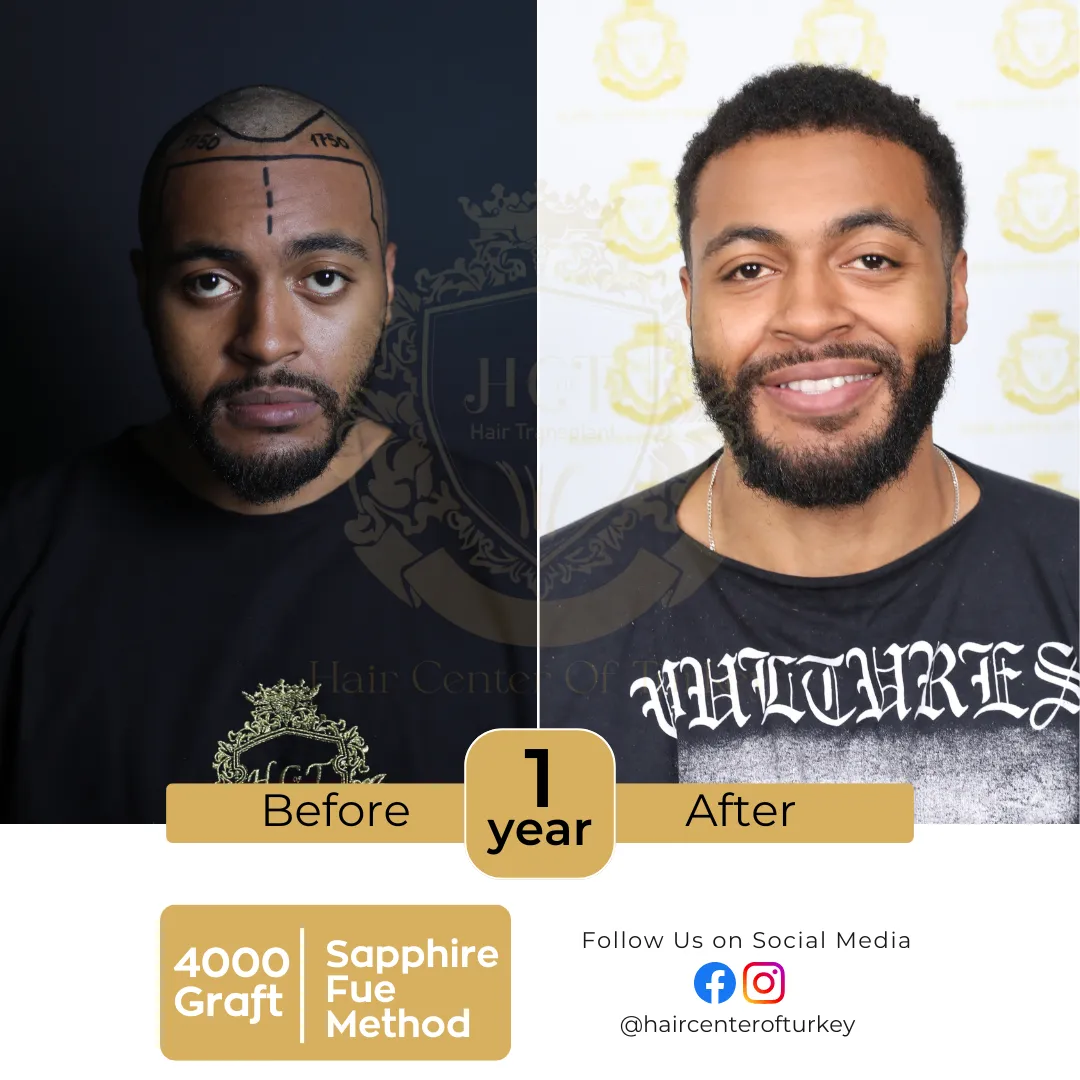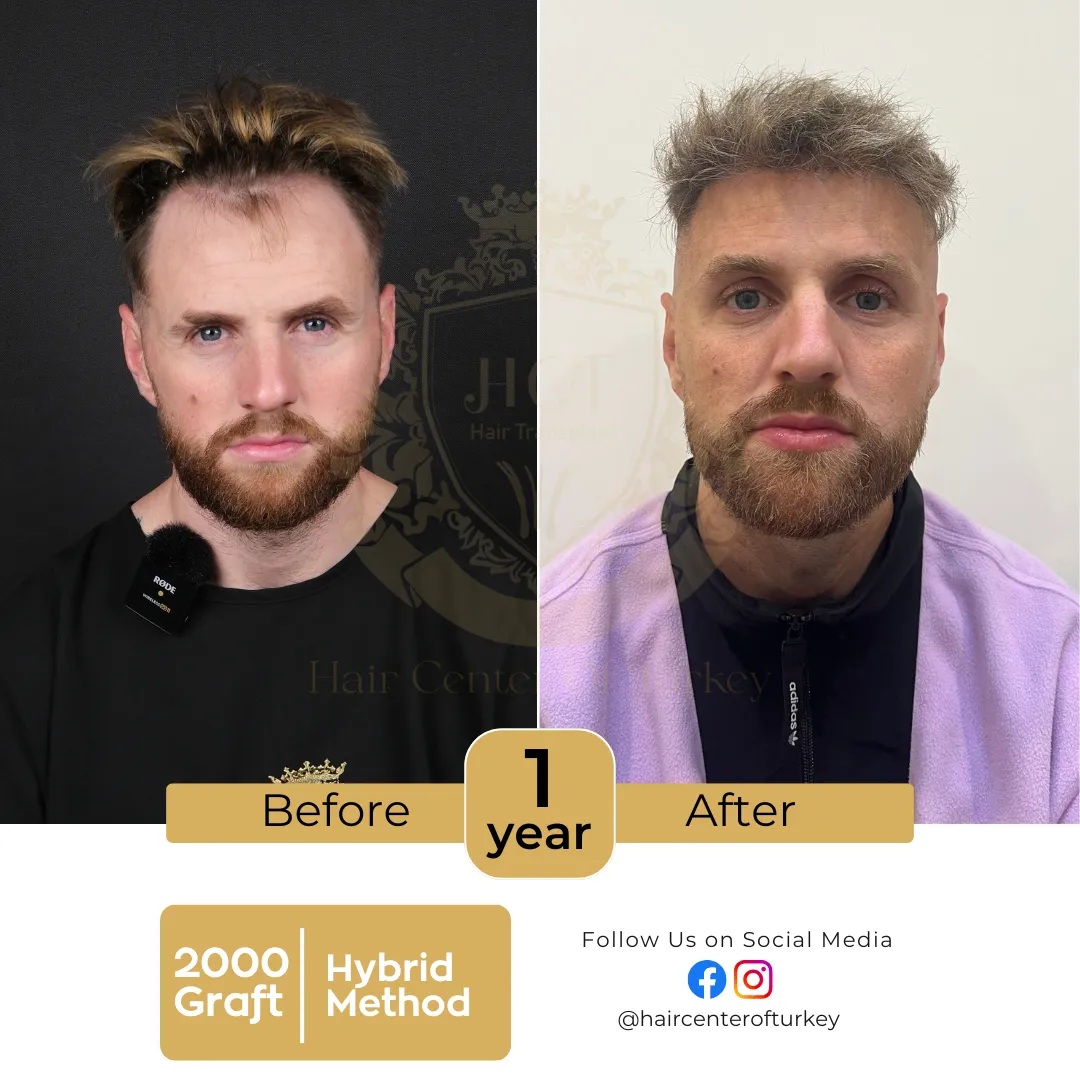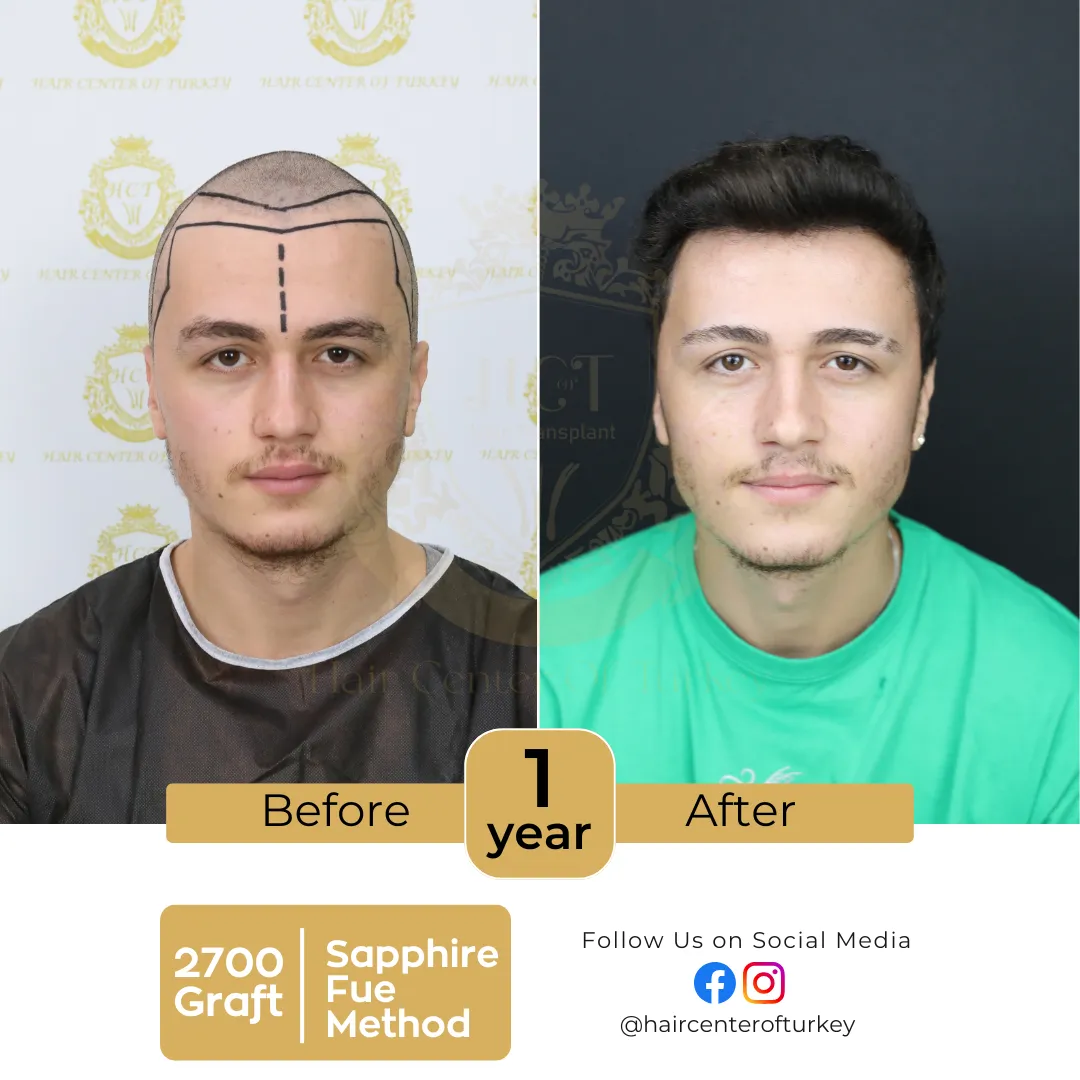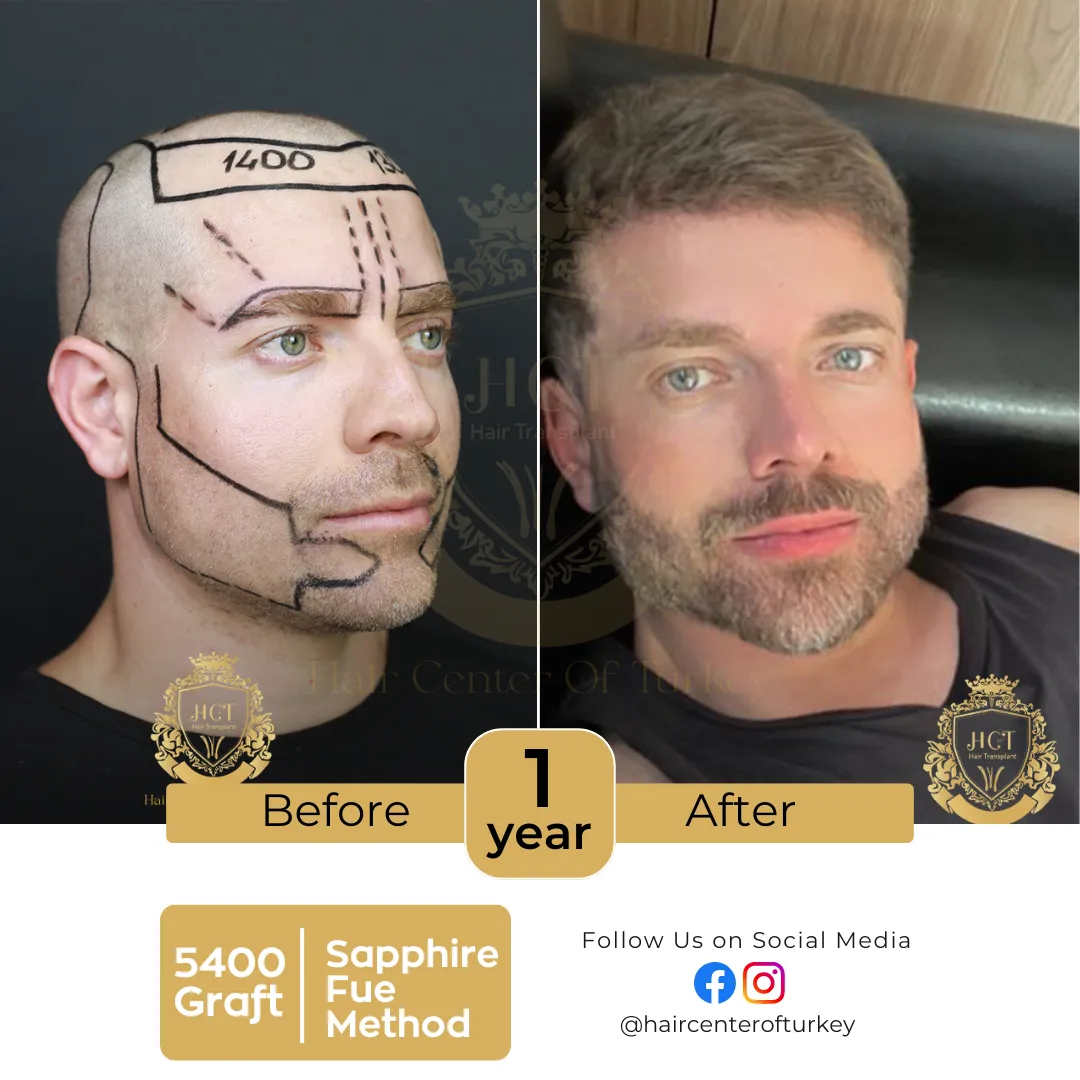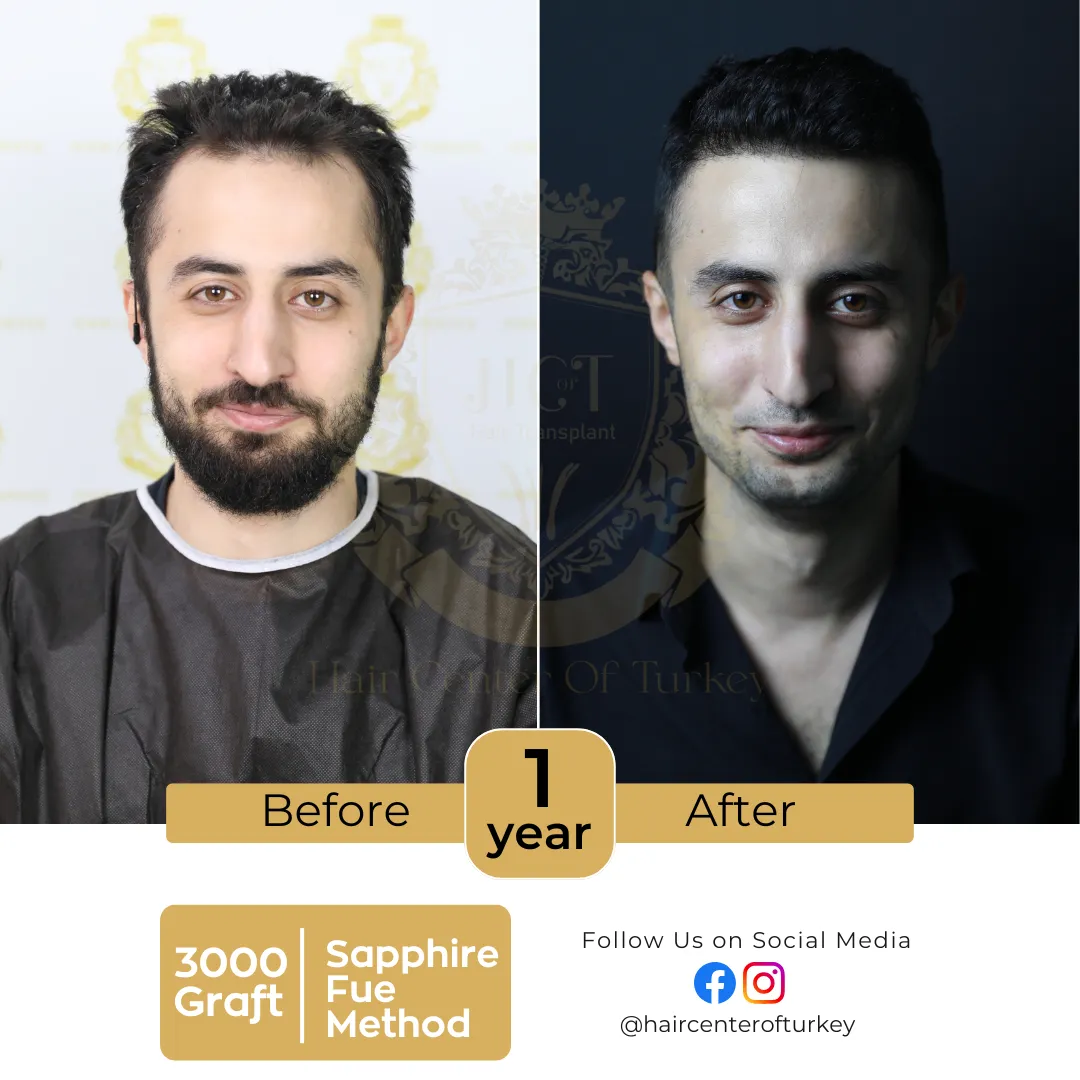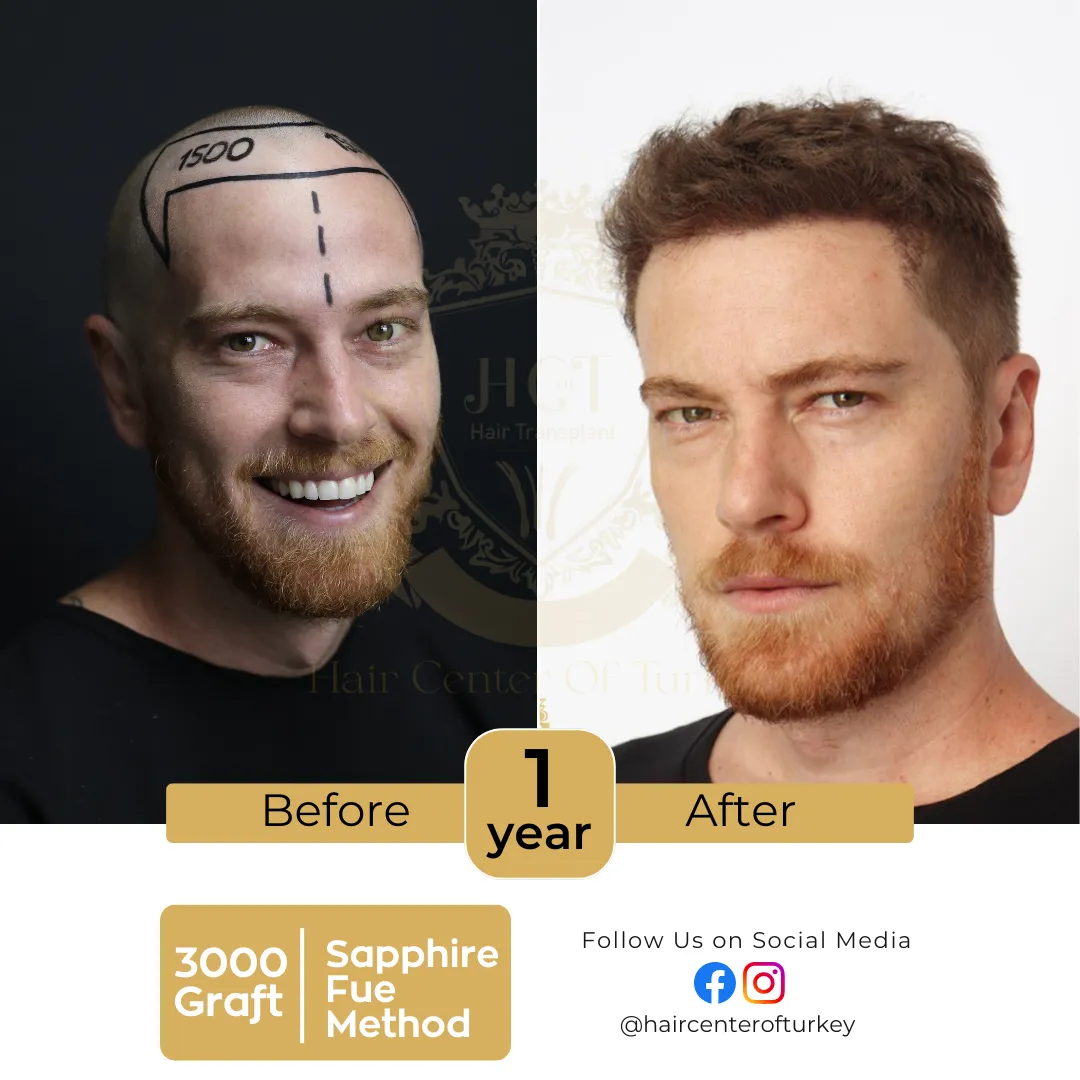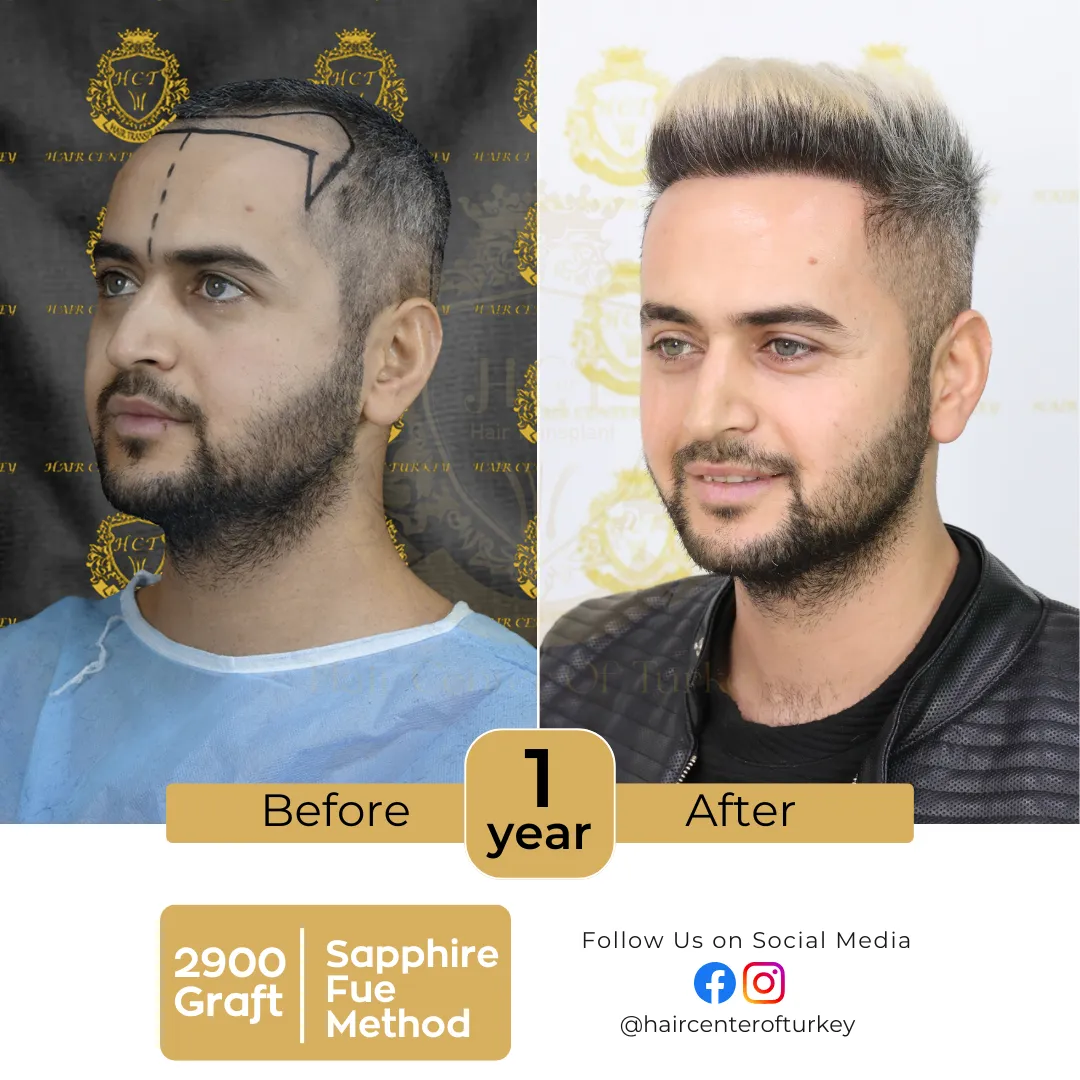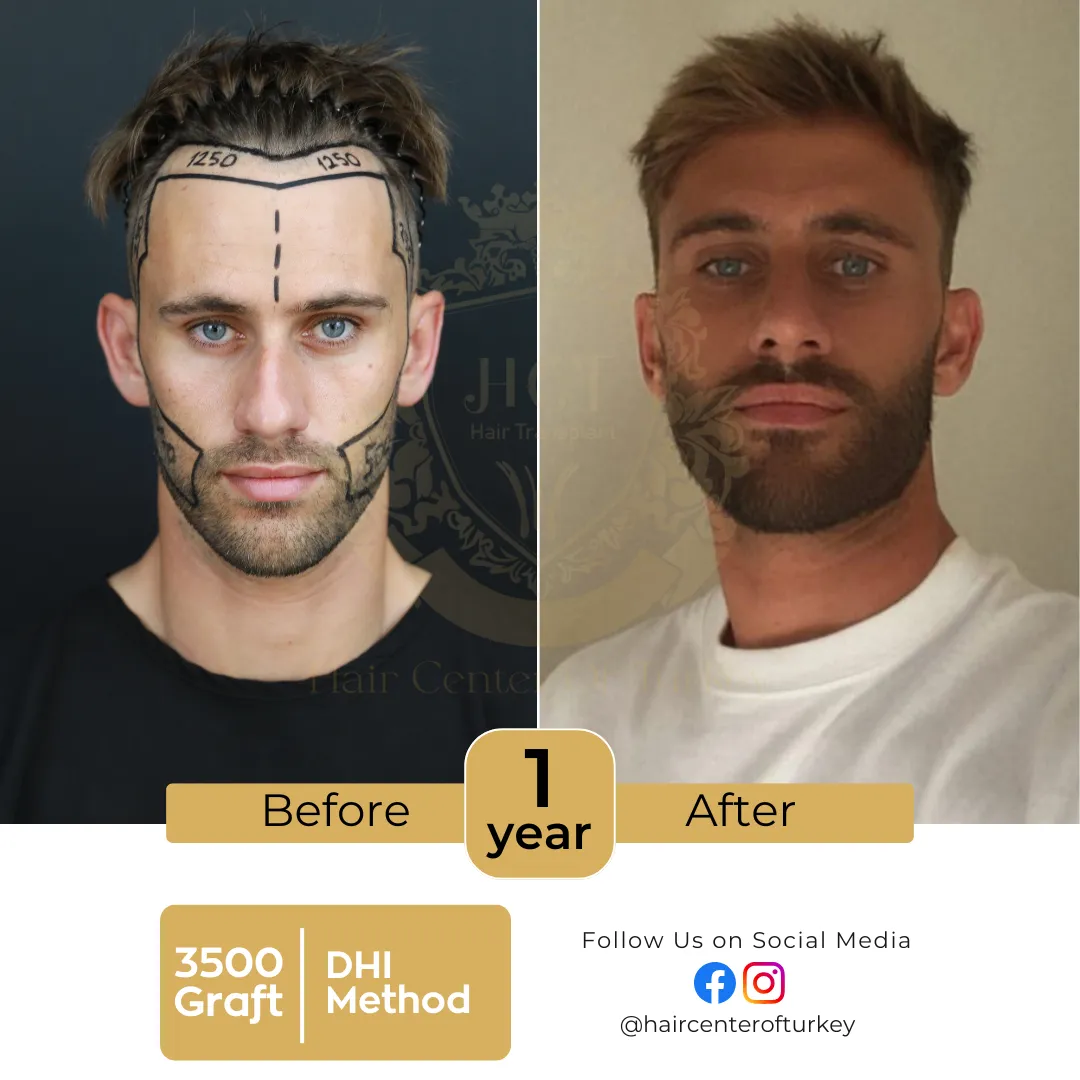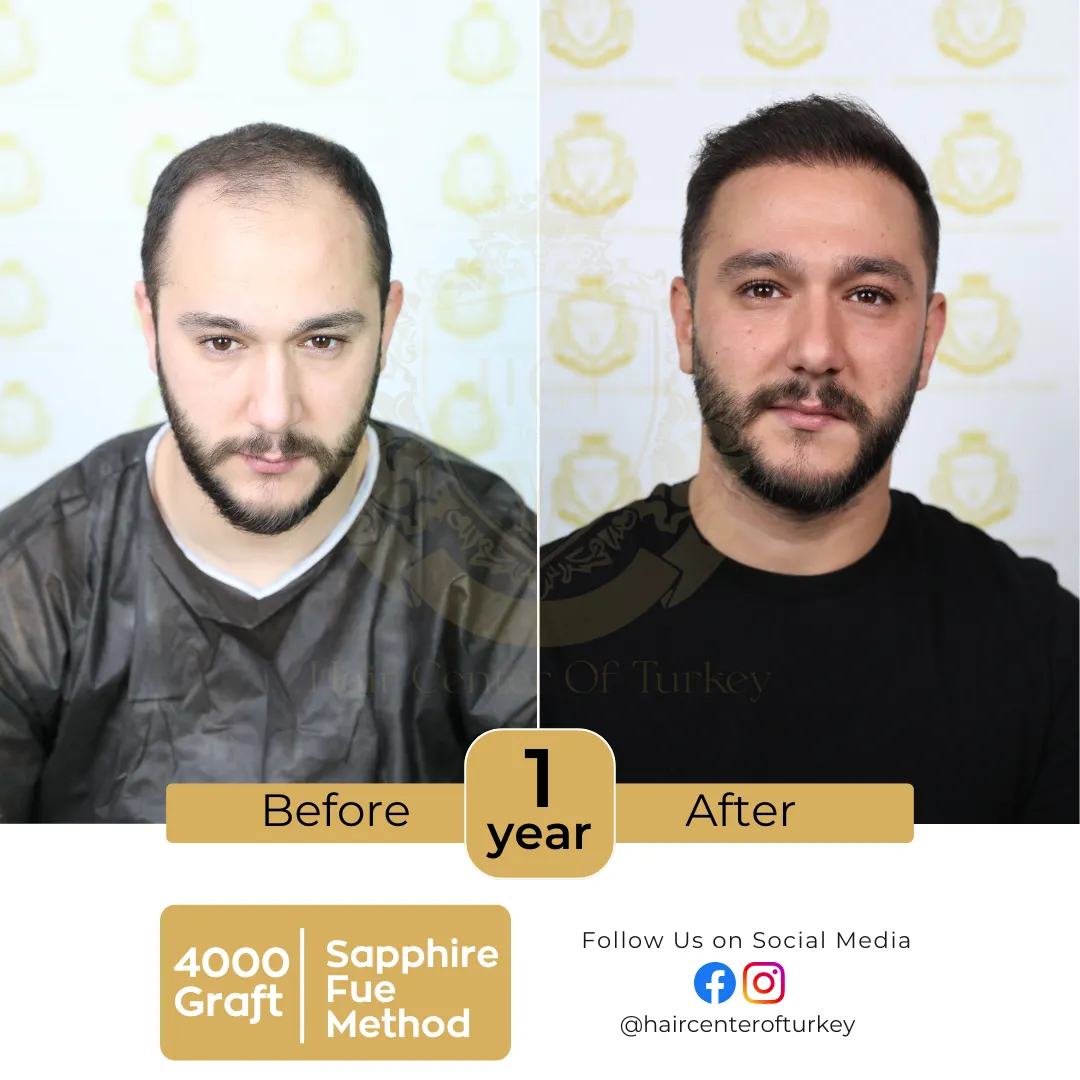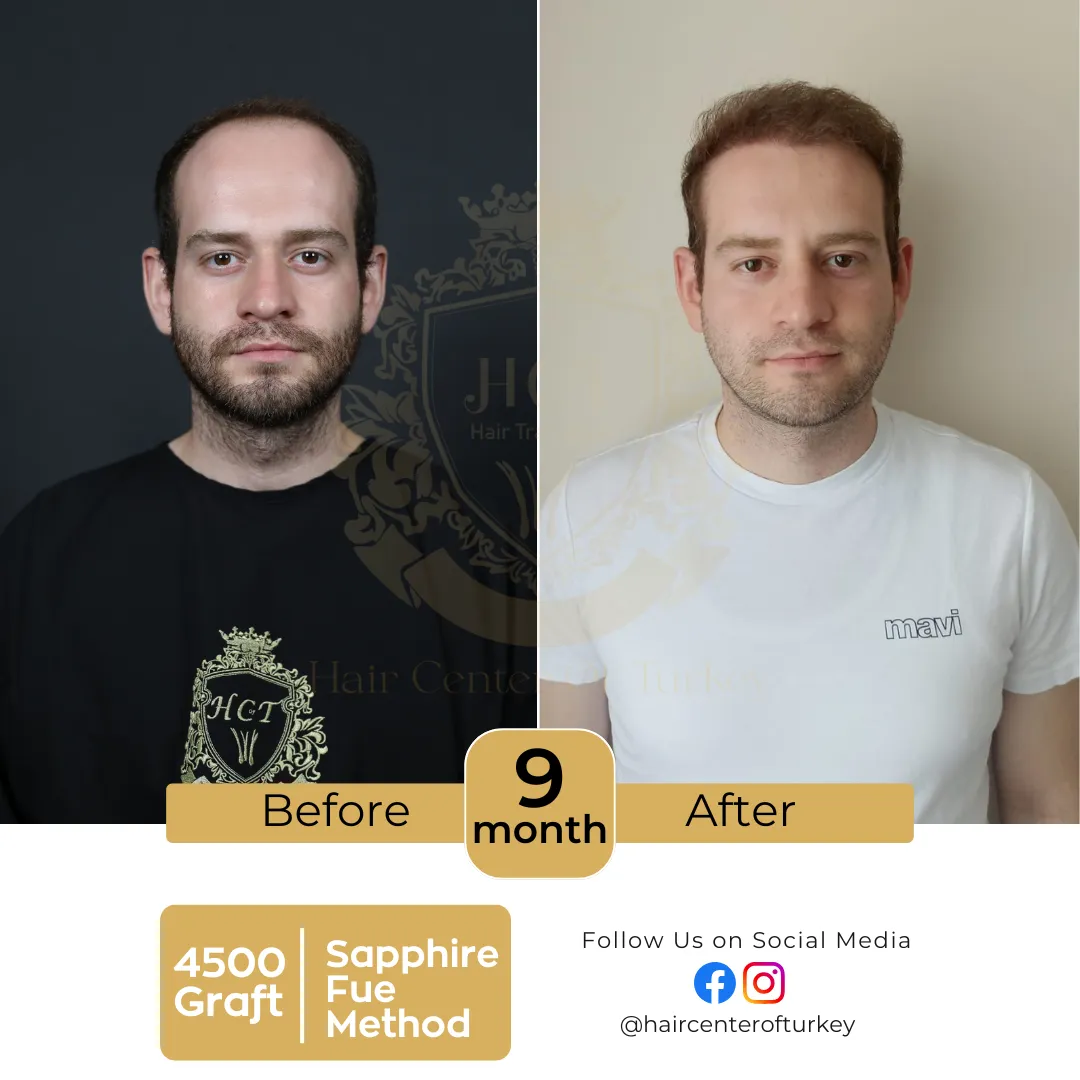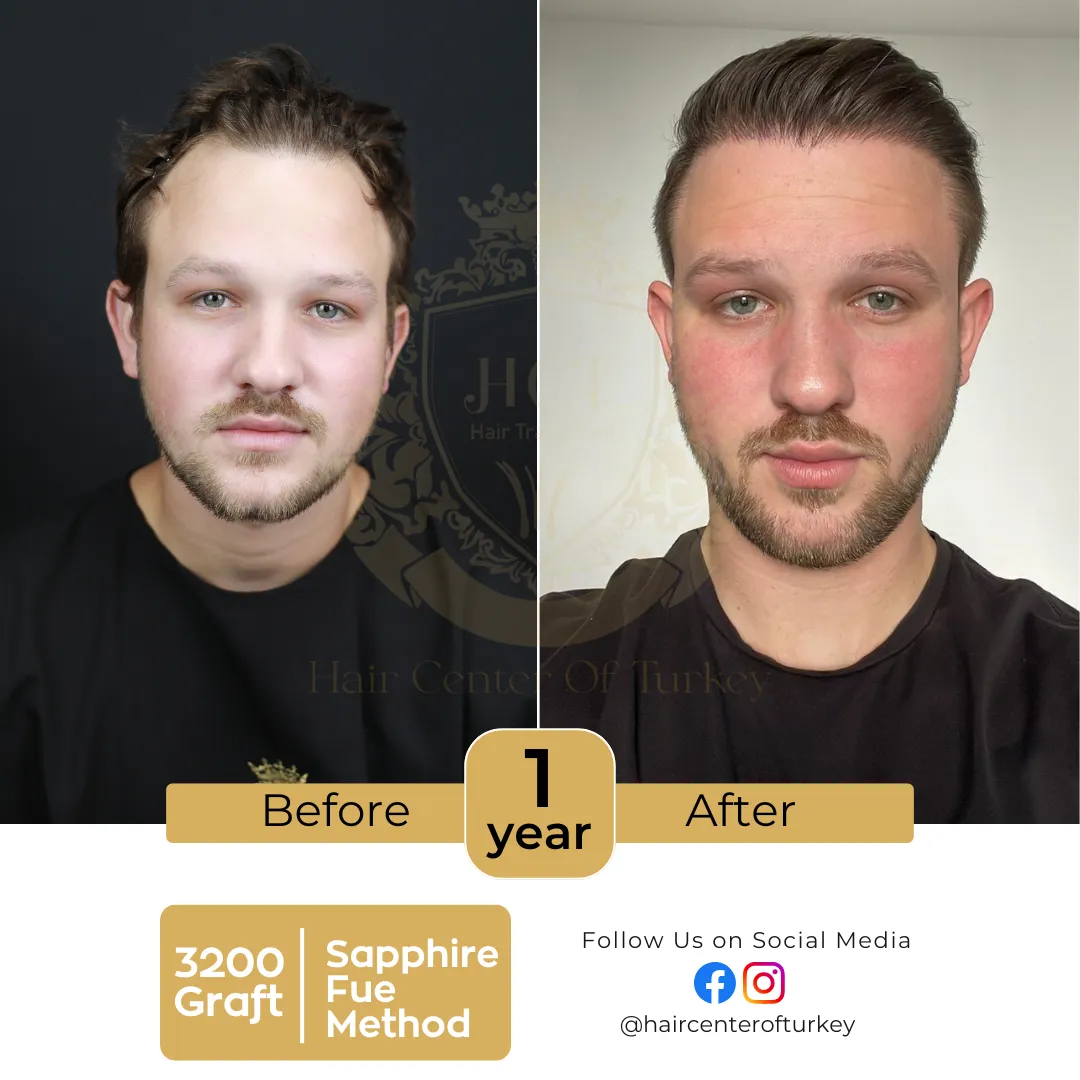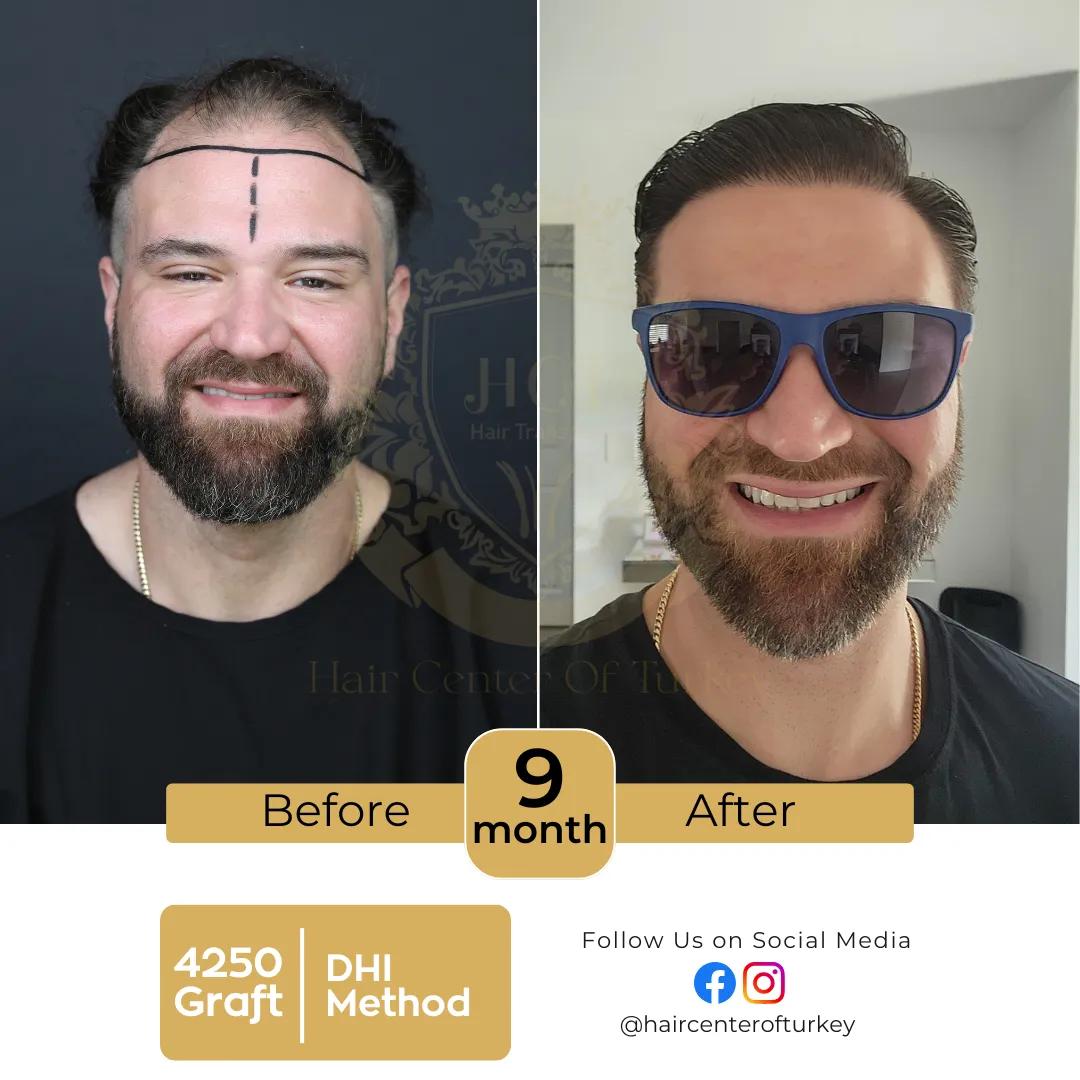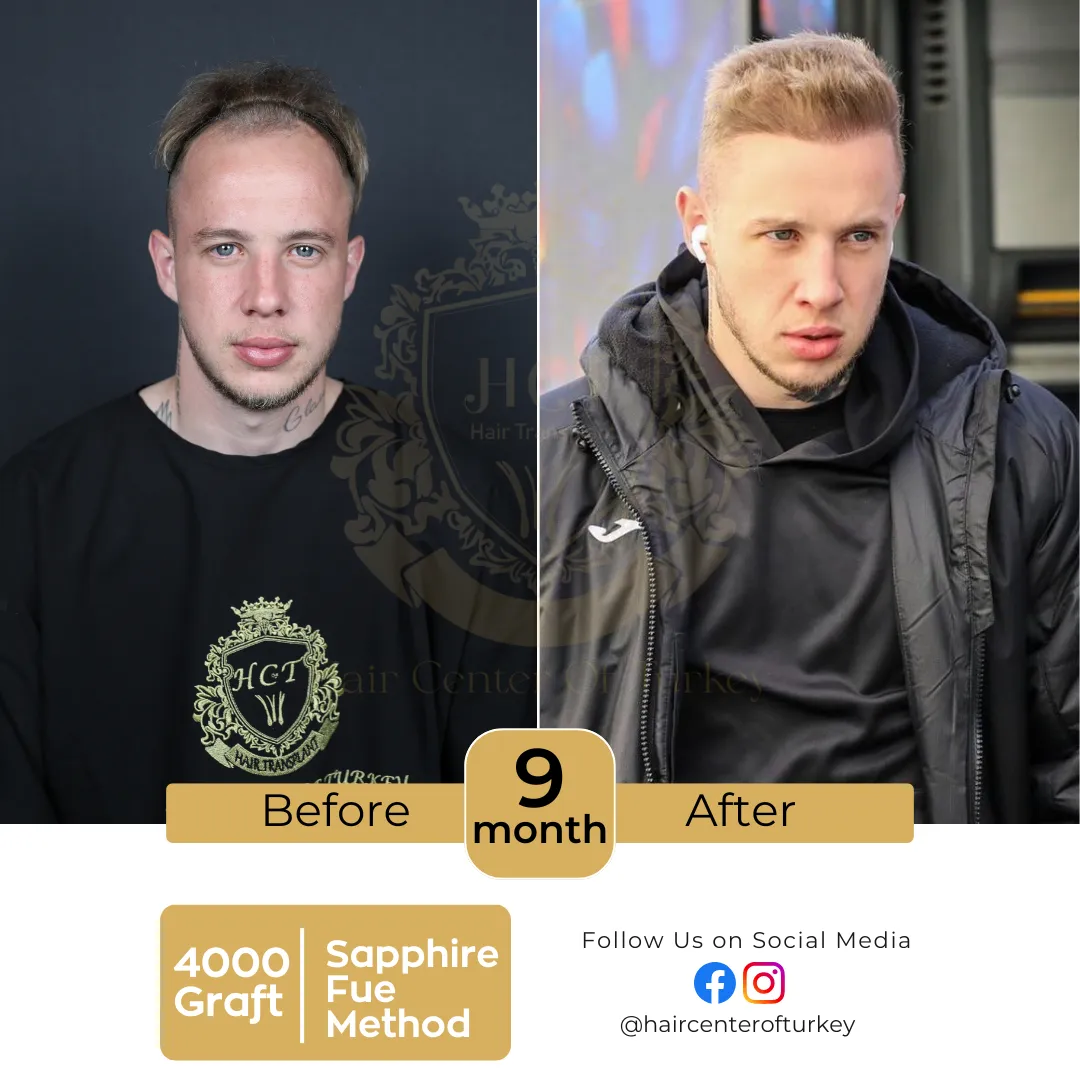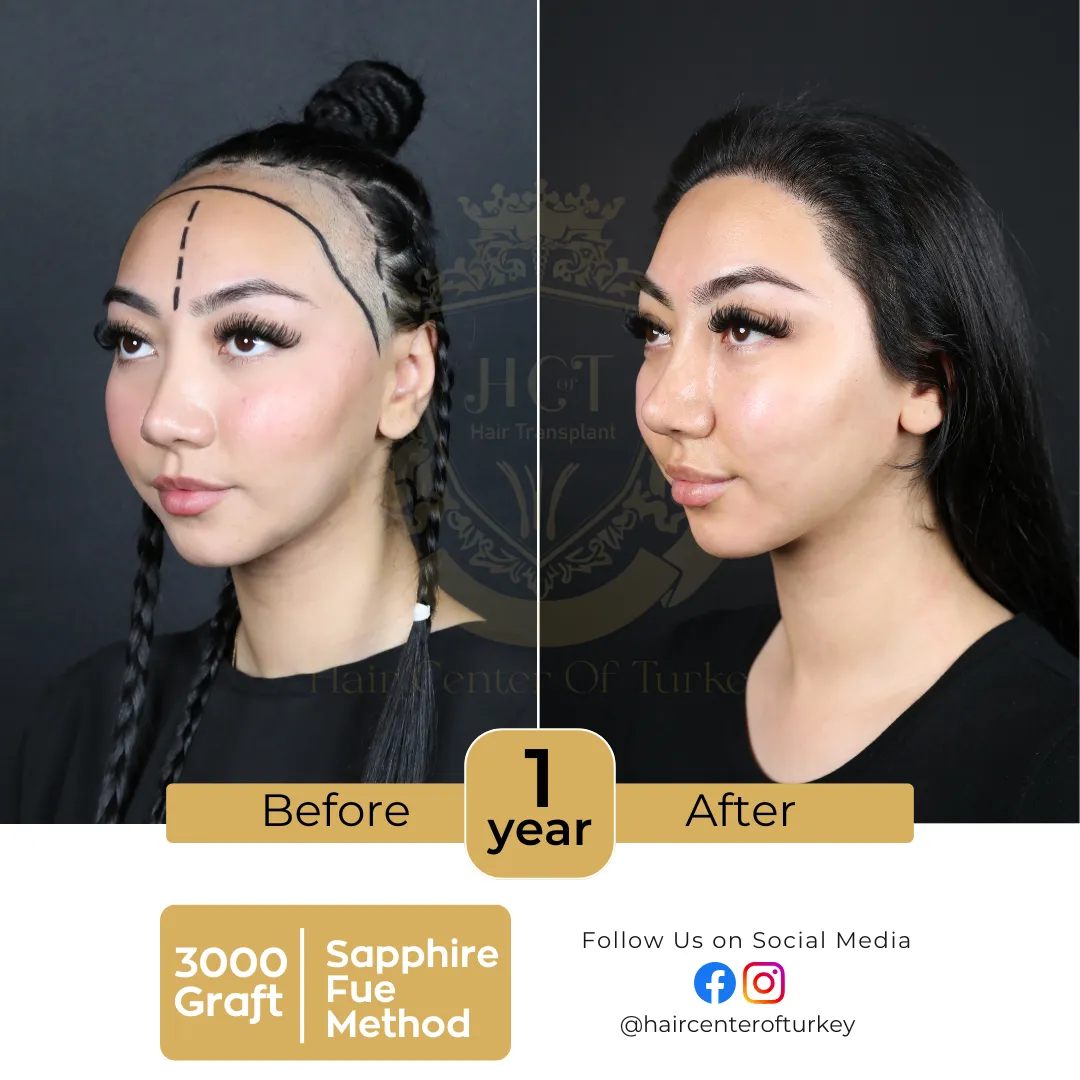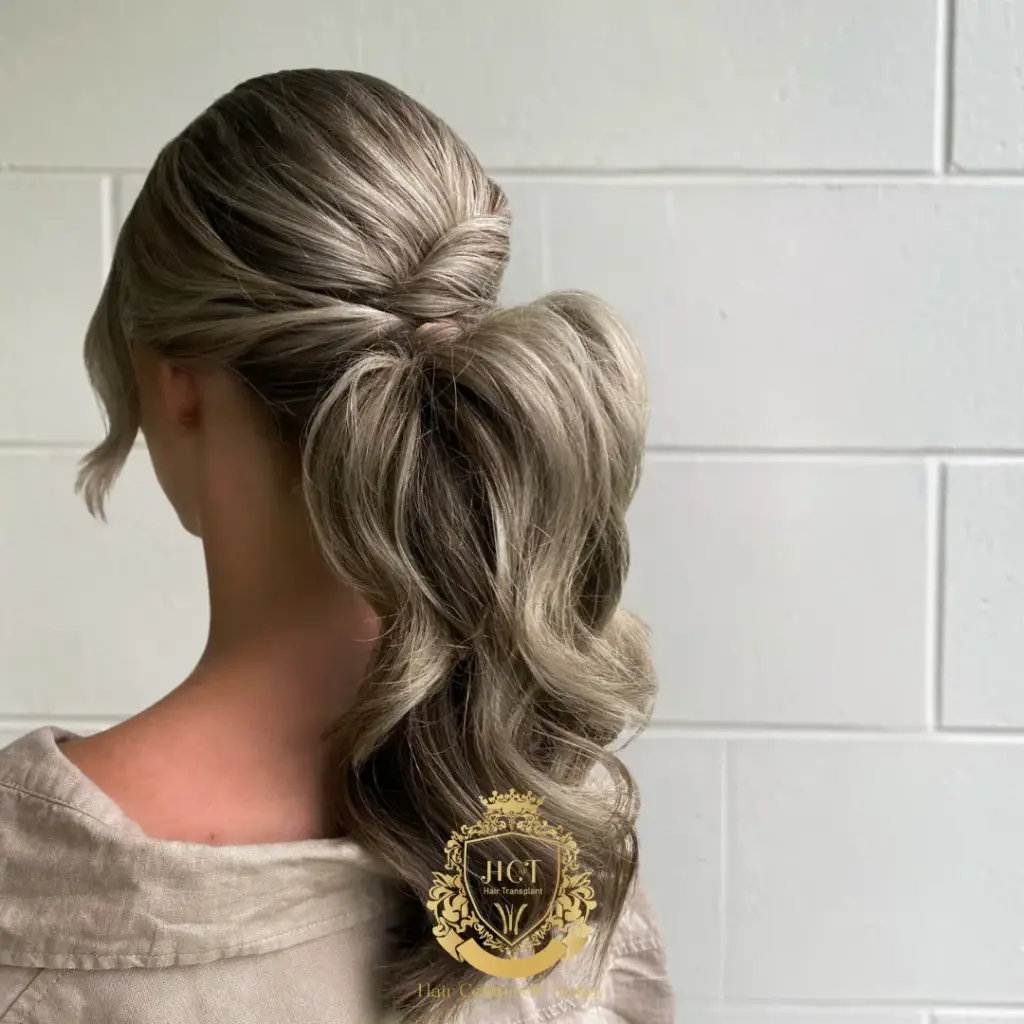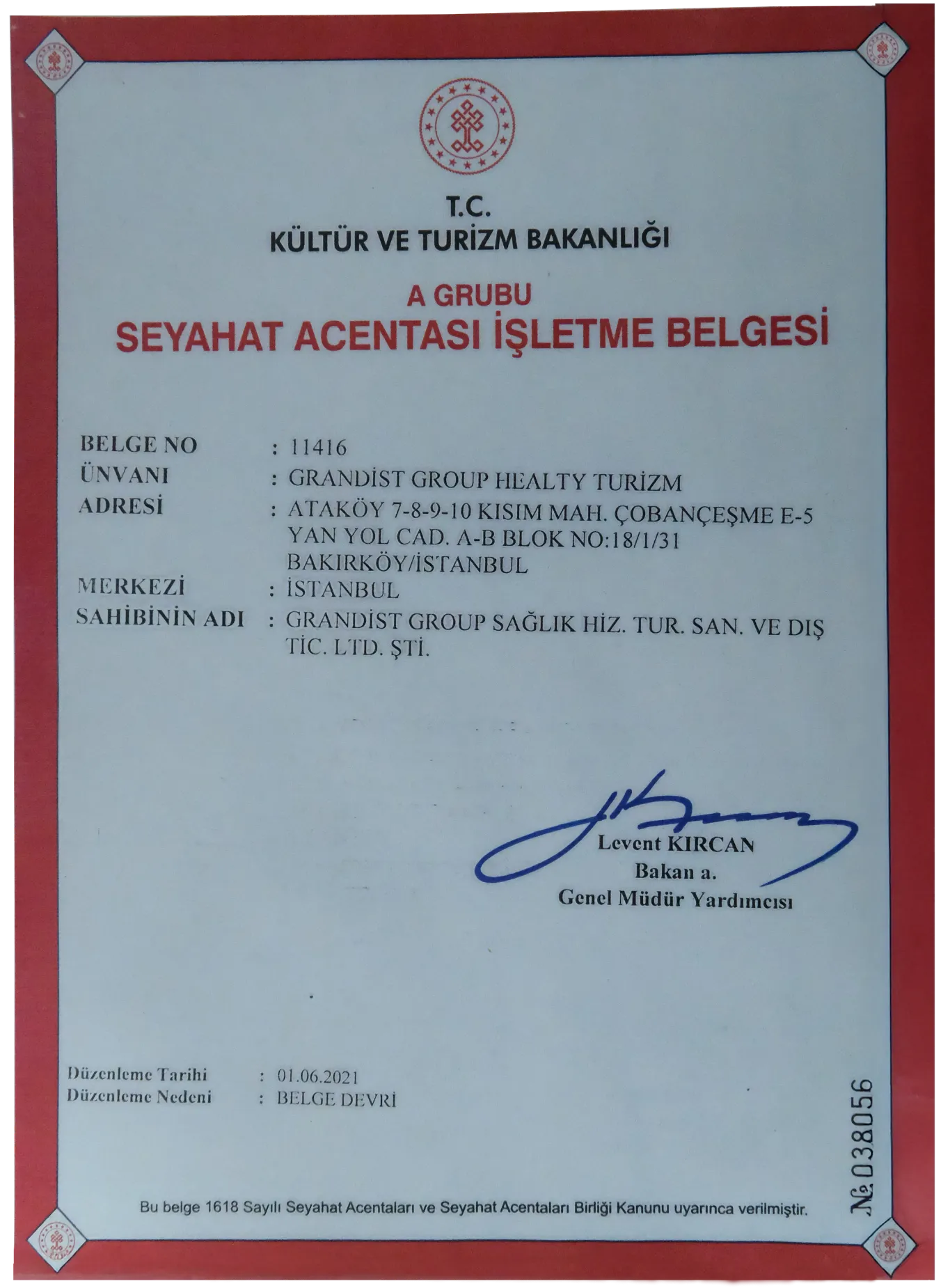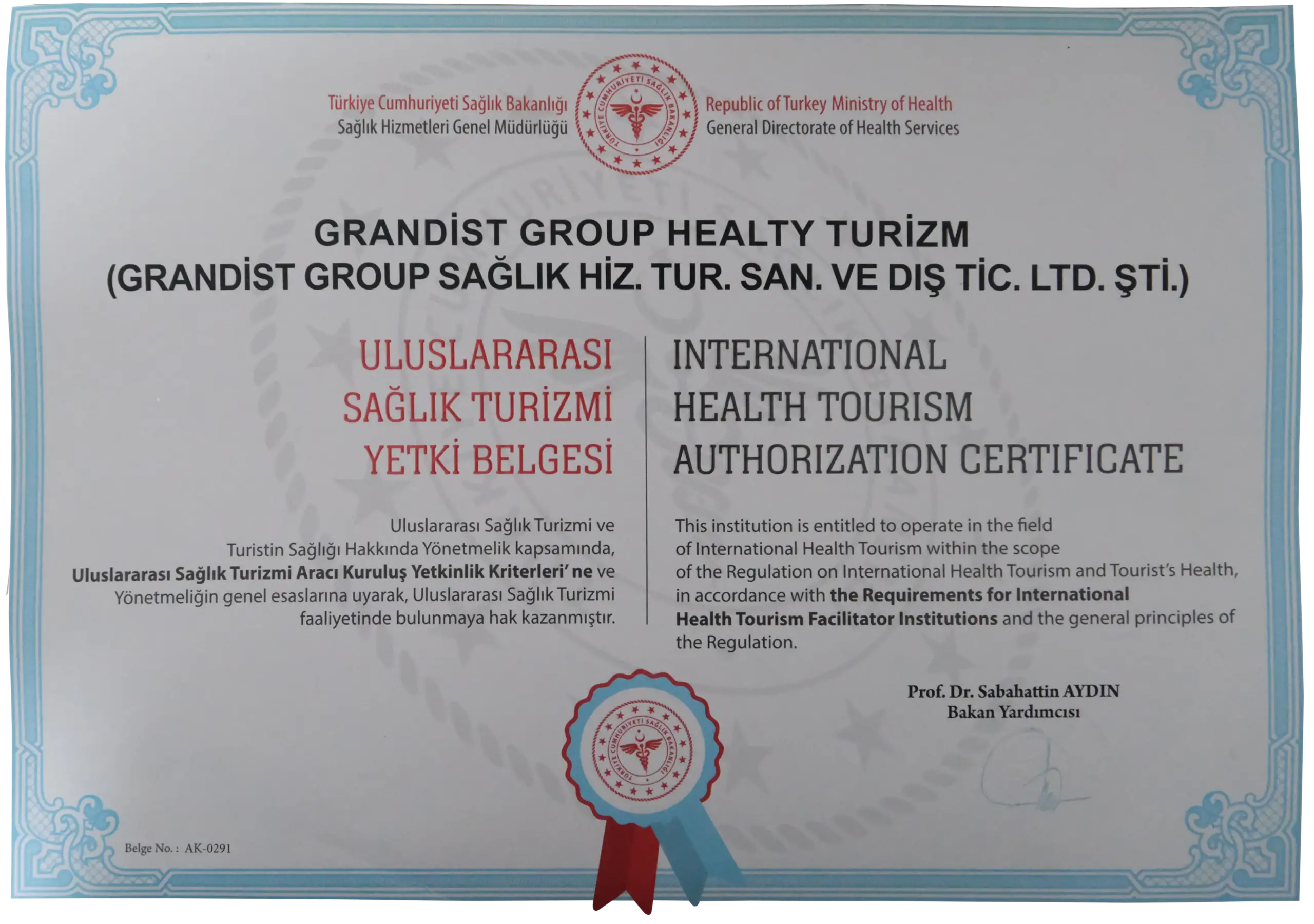Are At-Home Hair Removal Devices Safe?
In recent years, one of the most preferred methods in personal care routines has been the use of at-home hair removal devices. Many people choose their own devices instead of shaving, waxing, or professional laser hair removal centers due to their convenience, time savings, and cost-effectiveness.
So, are at-home hair removal devices really safe? In this article, we’ll cover everything you need to know about home-use hair removal devices — their advantages, disadvantages, and safety considerations.
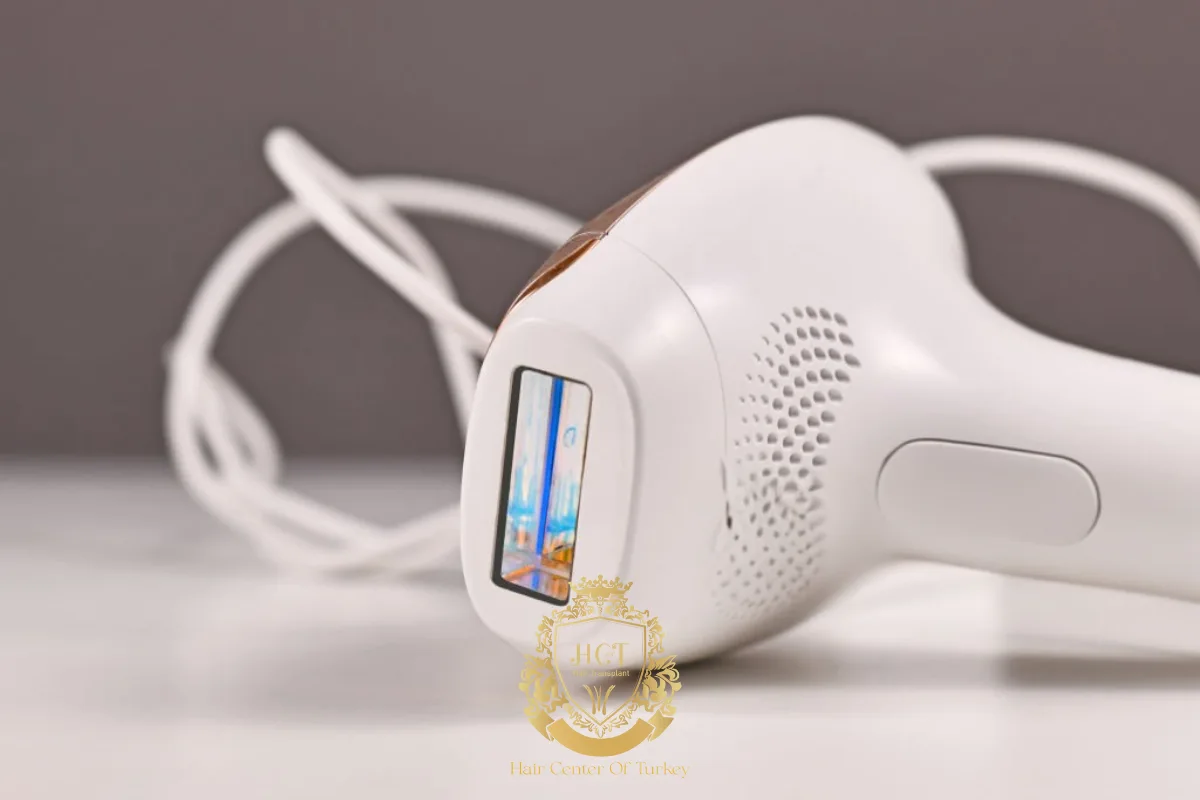
What Are At-Home Hair Removal Devices?
At-home hair removal devices are technological tools designed to permanently or long-term reduce unwanted hair growth. These devices generally rely on two main technologies:
- IPL (Intense Pulsed Light): Targets hair follicles with intense light pulses to prevent regrowth.
- Laser Hair Removal Devices: Use a single wavelength laser beam to destroy the hair follicle.
Home-use devices operate at lower energy levels. This provides safer usage compared to professional devices but may require more time to achieve visible results. Popular models include Philips Lumea, Braun Silk Expert, and Remington IPL.
The working principle of these devices involves targeting the melanin pigment under the skin, converting light energy into heat. This heat weakens the hair follicle and reduces new hair formation.
Things to Consider When Using Hair Removal Devices at Home
Although at-home hair removal is convenient, improper use of these devices can lead to irritation, burns, or discoloration. To ensure a safe and effective experience, consider the following:
- Skin Type and Hair Color Compatibility
Not every device is suitable for every skin type. IPL devices are usually less effective on very dark skin tones. Also, very light-colored hair (such as blonde or gray) contains less melanin, making it harder for the light to be absorbed. - Skin Cleanliness
The skin should be clean, dry, and free of lotions or perfumes before application. This improves effectiveness and reduces the risk of burns. - Eye Protection
IPL devices emit intense light flashes, so eye protection is crucial. Keep your eyes closed or wear protective goggles during use. - Frequency of Use
Follow the recommended frequency in the manual. Generally, weekly treatments for the first 4–6 weeks, followed by monthly maintenance sessions, are suggested. Using the device too frequently can cause skin sensitivity. - Irritated or Damaged Skin
Avoid using the device on sunburns, open wounds, acne, or tattoos. Doing so may cause permanent pigmentation or scarring.
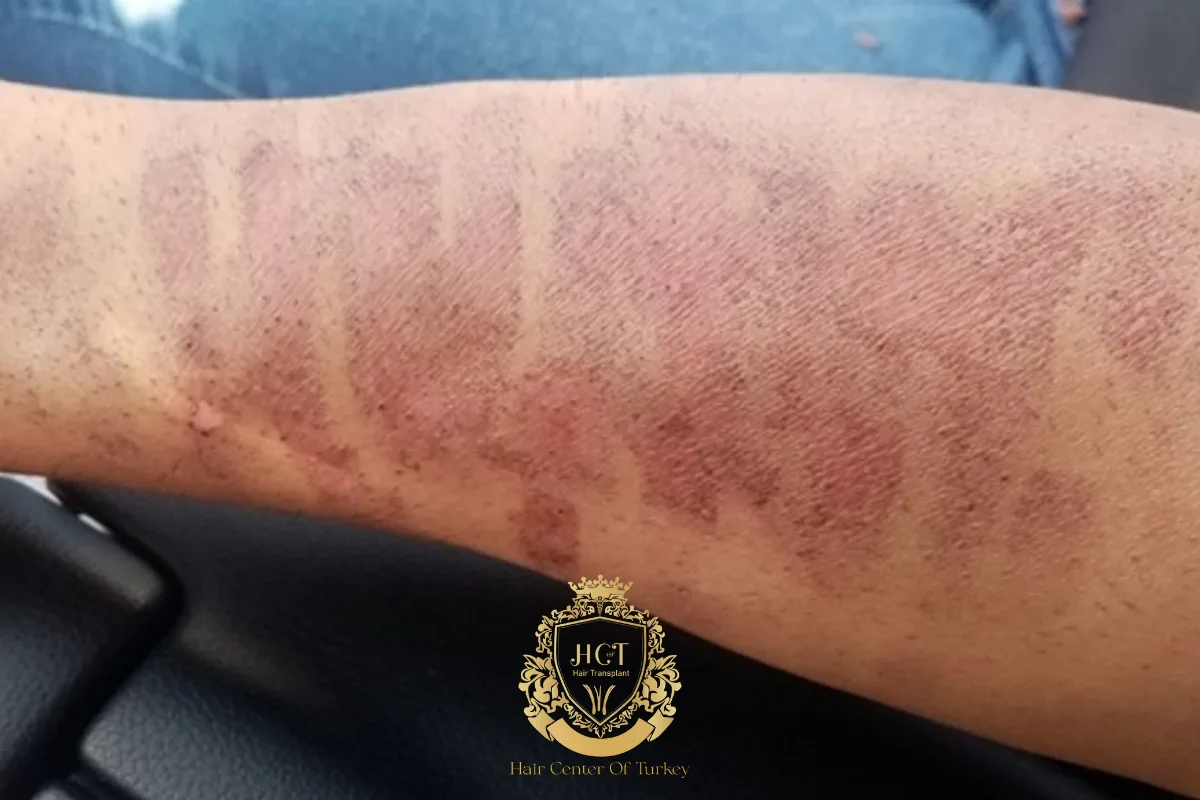
Advantages and Disadvantages of At-Home Hair Removal Devices
As home-use hair removal devices gain popularity, it’s important to understand both their benefits and drawbacks.
Advantages
- Cost-effective: More affordable in the long run than salon treatments.
- Time-saving: No need for appointments — use anytime you want.
- Privacy and comfort: You can perform treatments in the comfort of your home.
- Ease of use: Modern devices often include smart features like skin sensors and automatic light adjustment.
Disadvantages
- Slower results: Lower energy levels mean results take longer to appear.
- Limited suitability: Less effective on very dark skin or very light hair.
- Risk of burns: Misuse can cause burns, redness, or pigmentation.
- Consistency required: Regular use is necessary for effective, lasting results.
Differences Between Professional and Home Laser Hair Removal
The main differences between professional laser hair removal and at-home devices are energy intensity and treatment depth.
| Feature | Professional Laser Hair Removal | At-Home Hair Removal Device |
|---|---|---|
| Energy Power | High, precisely controlled | Low, safe levels |
| Operator | Trained aesthetician | Self-administered |
| Result Speed | Faster, long-term results | Slower, gradual results |
| Cost | High, pay per session | One-time device investment |
| Safety | Supervised by expert | Depends on user’s compliance |
Professional devices penetrate deeper into the skin, providing permanent results after a few sessions. Home-use devices work at lower energy levels, requiring more sessions but offering a safer experience overall.
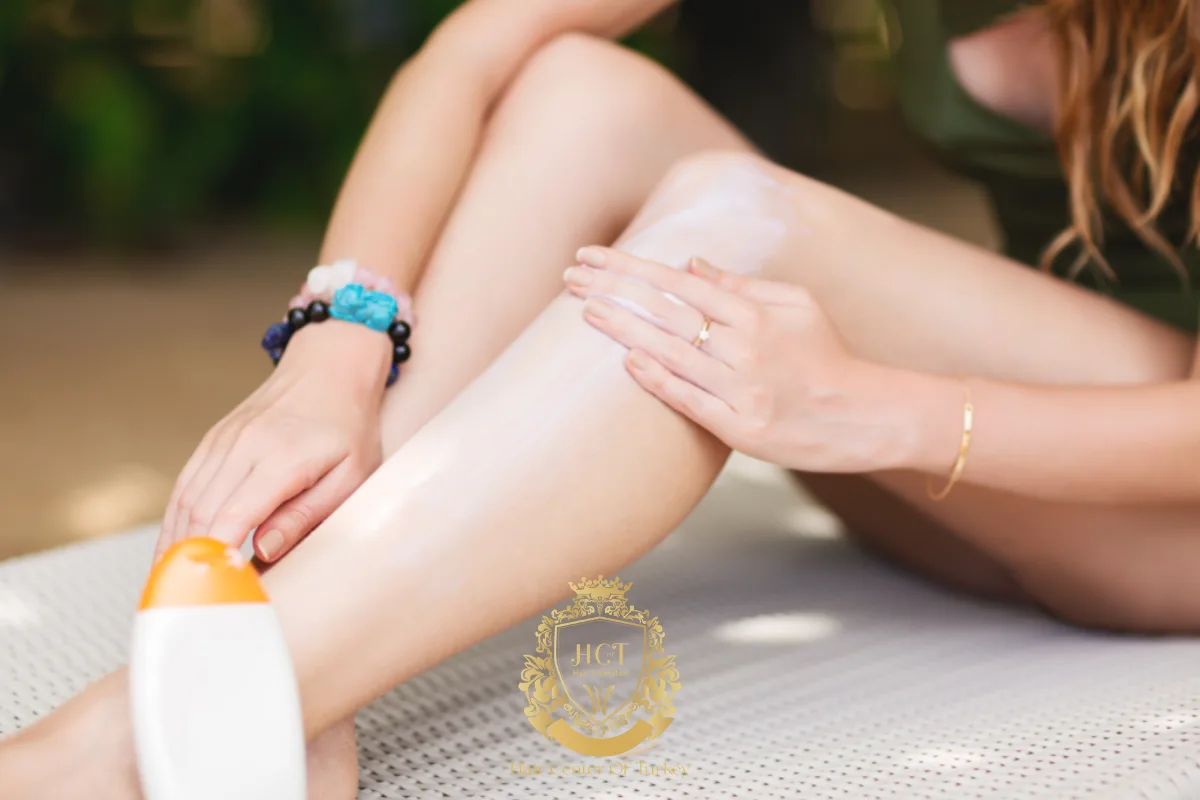
Post-Treatment Skincare After At-Home Hair Removal
After treatment, the skin can become sensitive. Proper care afterward is crucial for maintaining skin health. Here’s what you should do:
- Cold Compress: If redness occurs, soothe the skin with a cold towel or ice pack.
- Moisturizing: Use fragrance-free, soothing moisturizers or aloe vera gel.
- Sun Protection: Avoid sun exposure for at least 48 hours and use sunscreen.
- Avoid Heat: Skip hot showers, steam baths, or saunas for 24 hours.
- Avoid Irritation: Do not use waxing, exfoliants, or perfumes on the treated area immediately after.
These steps help protect the skin barrier and reduce the risk of irritation, spots, or ingrown hairs.
Are At-Home Hair Removal Devices Really Safe?
Now, the most common question: Are at-home hair removal devices safe?
Answer: Yes, when used correctly, they are generally very safe.
However, safety depends entirely on proper use and adherence to the manufacturer’s instructions. Each device varies in skin compatibility, energy levels, and usage frequency, so always read the manual carefully and start with the lowest setting.
Dermatologists agree that IPL and low-energy laser devices carry a low risk of permanent damage when used properly. Still, caution is advised in certain cases:
- During pregnancy or breastfeeding
- If you have skin diseases or open wounds
- On very light or tanned skin
- On recently sun-exposed skin
At-home devices are among the greatest conveniences modern technology has brought to personal care. With regular and correct use, they can significantly reduce hair growth and provide long-lasting smoothness. However, they are not direct replacements for professional treatments in terms of strength and permanence.
If you have sensitive skin or want more permanent results, consulting a dermatologist or licensed aesthetician is the best approach.


